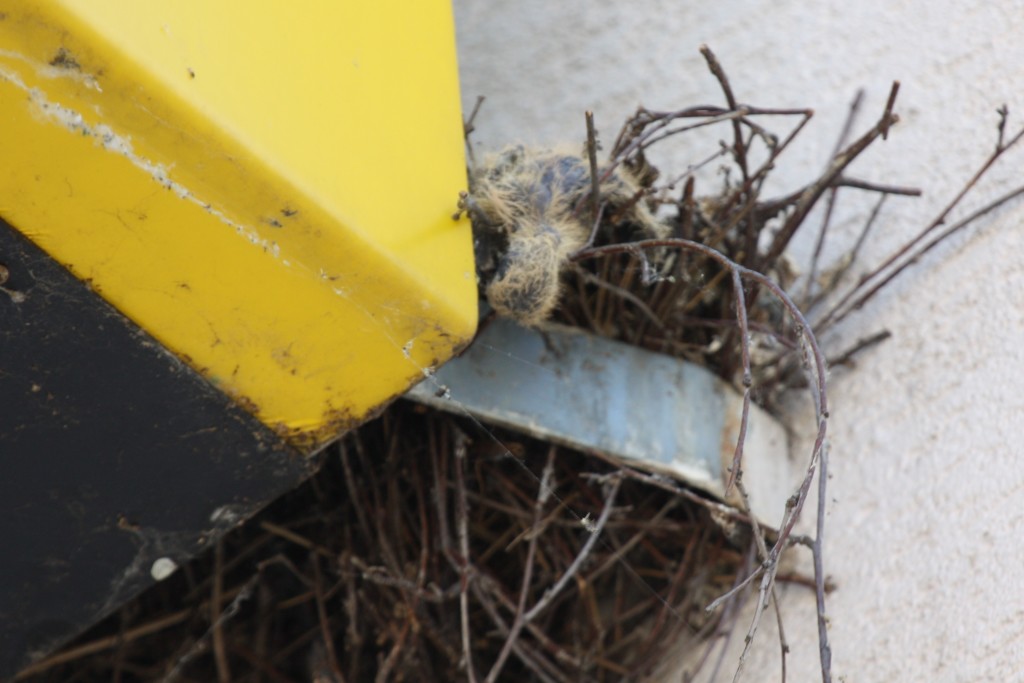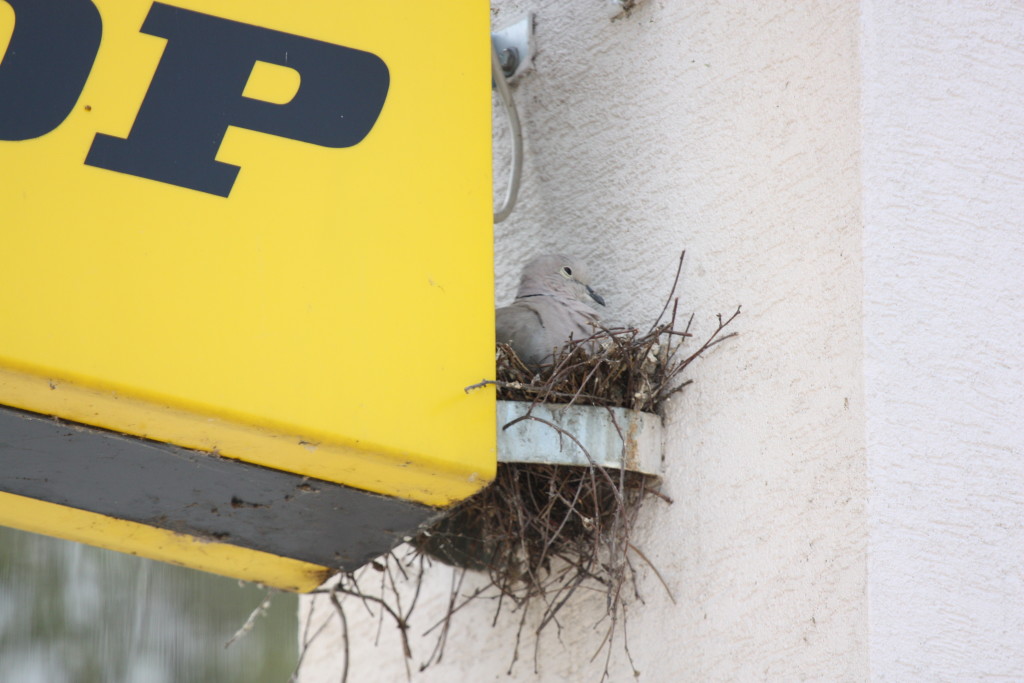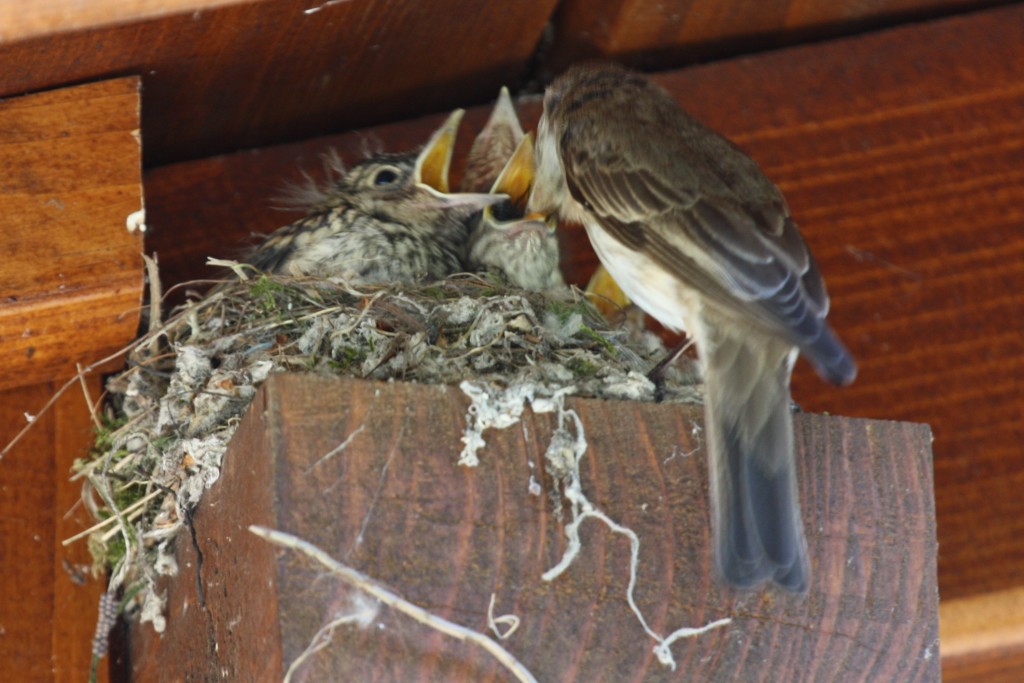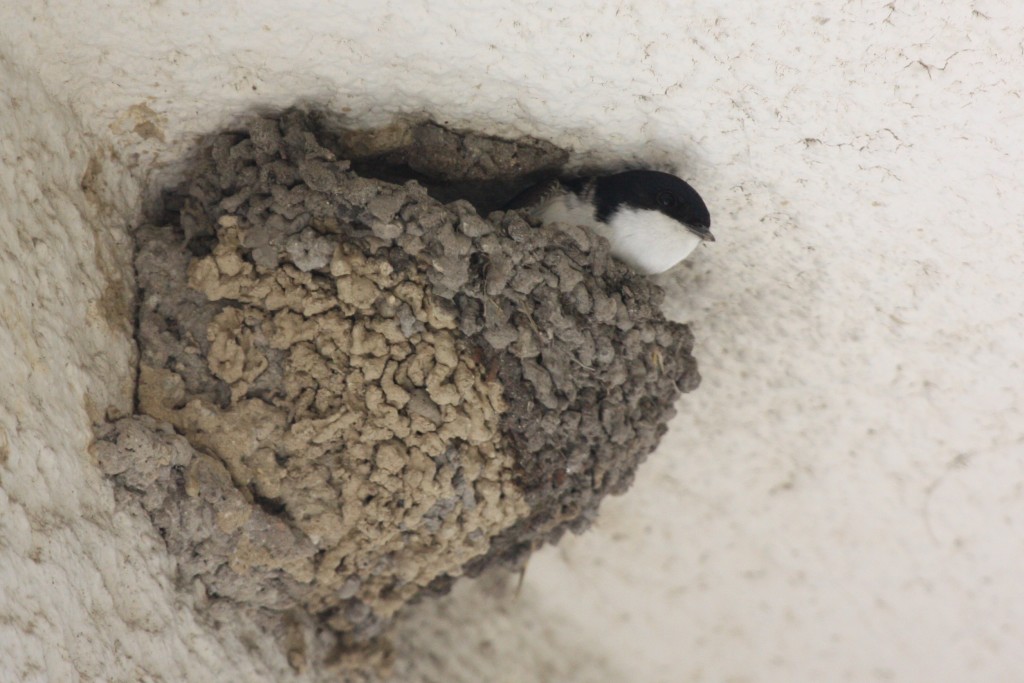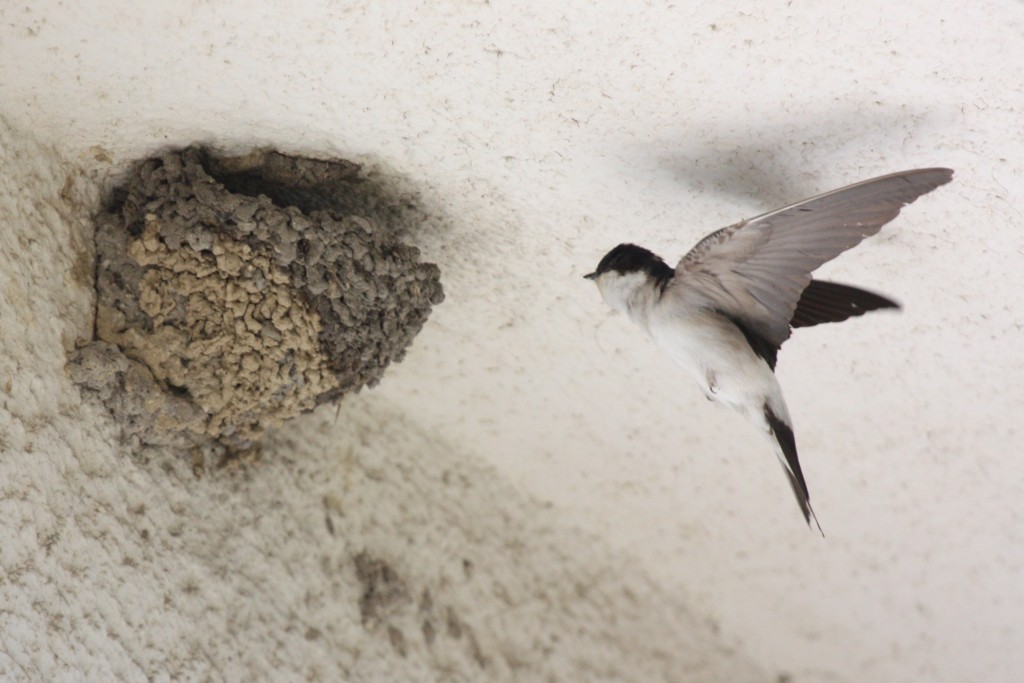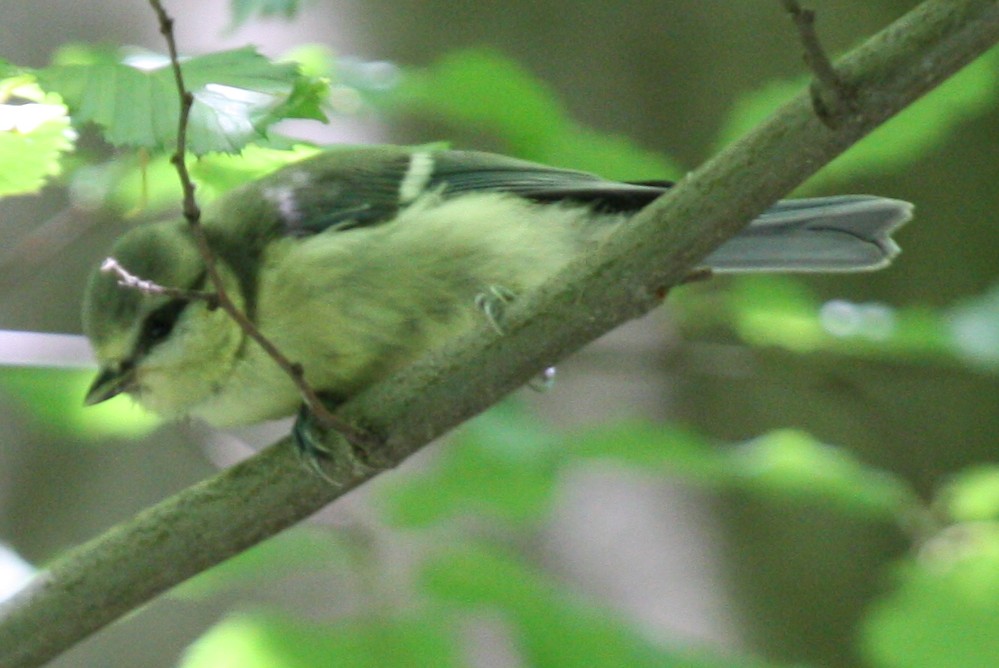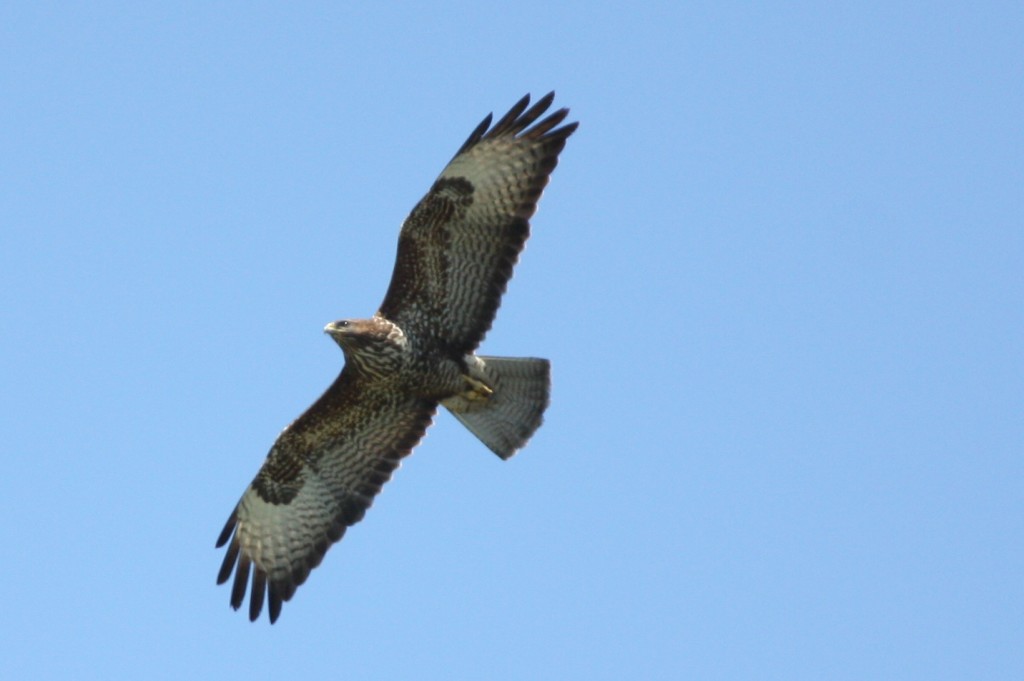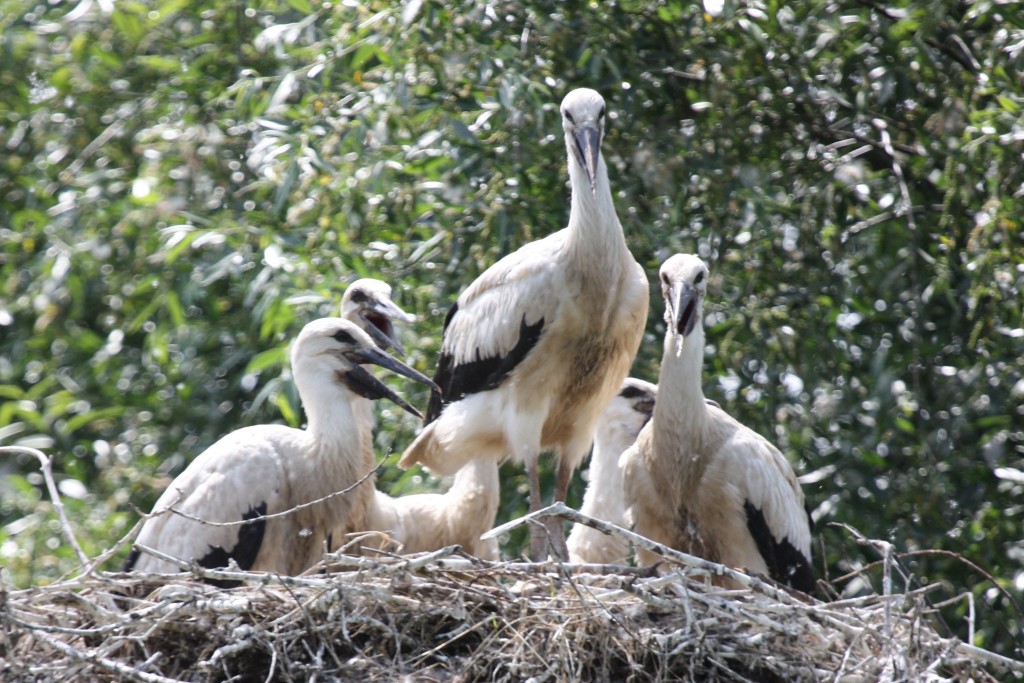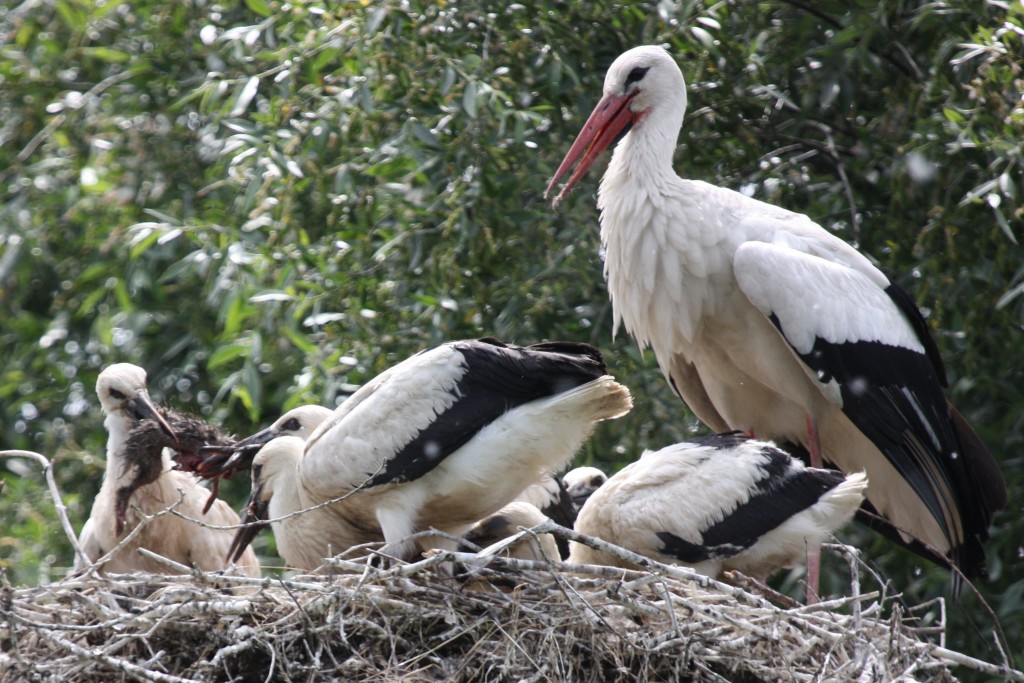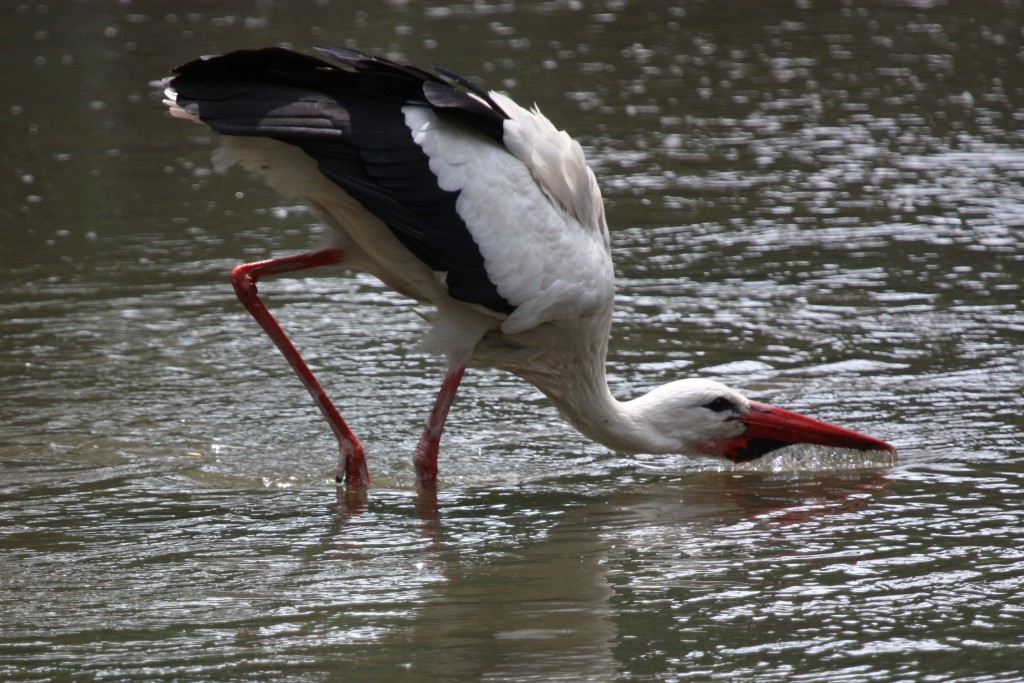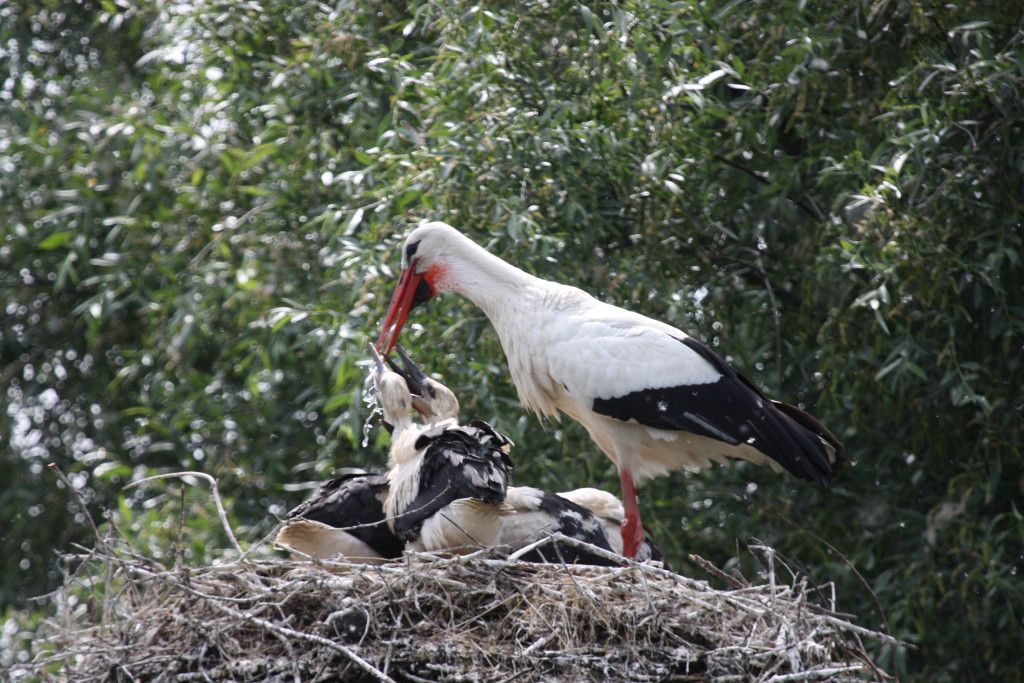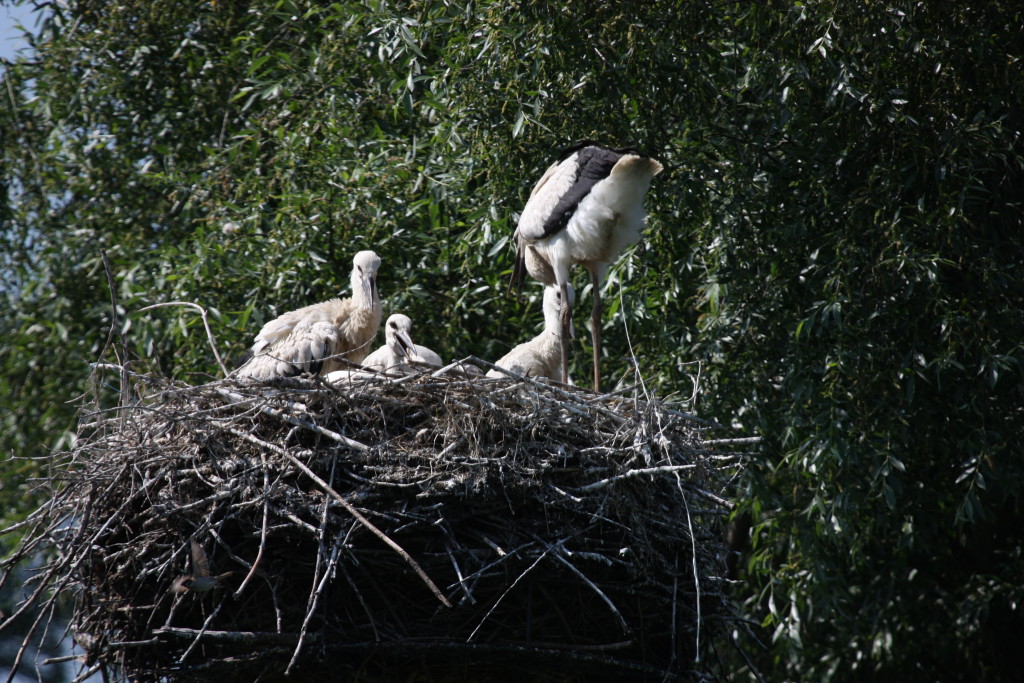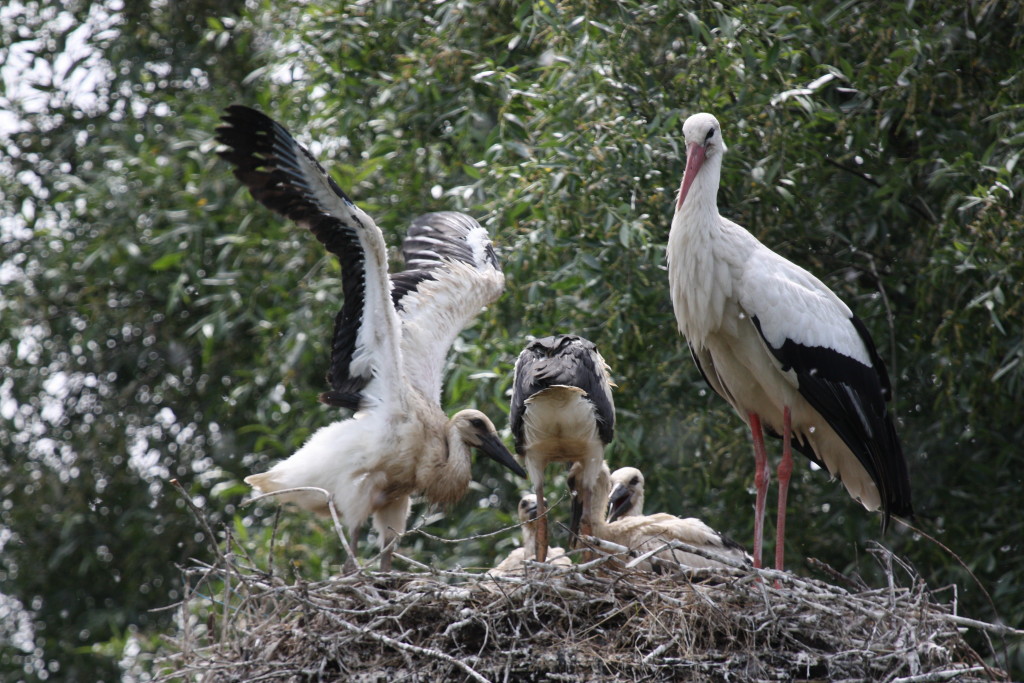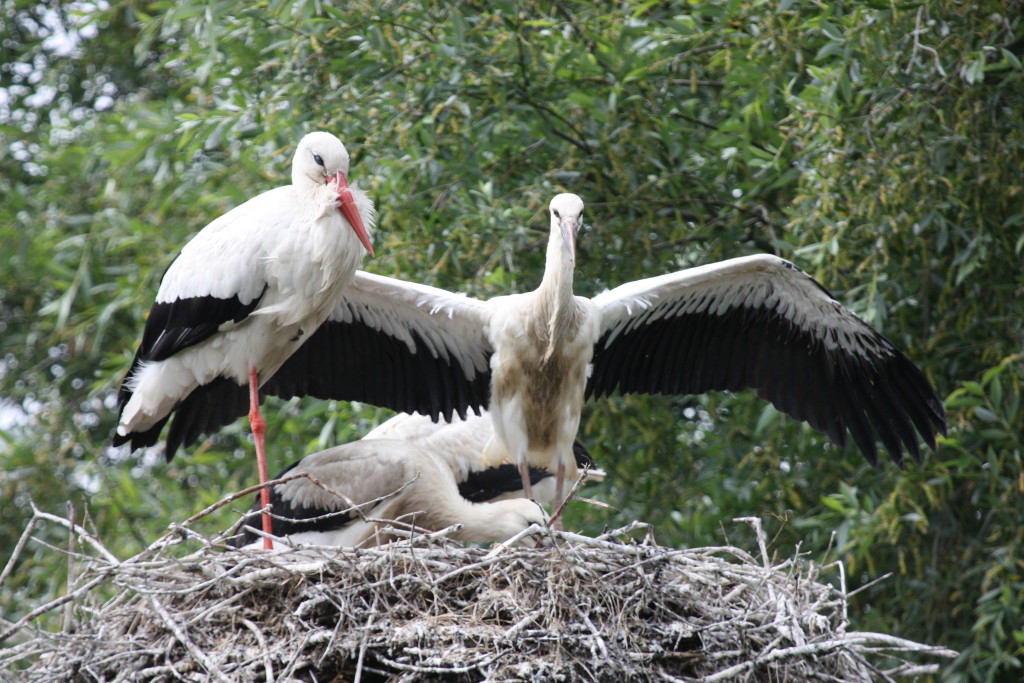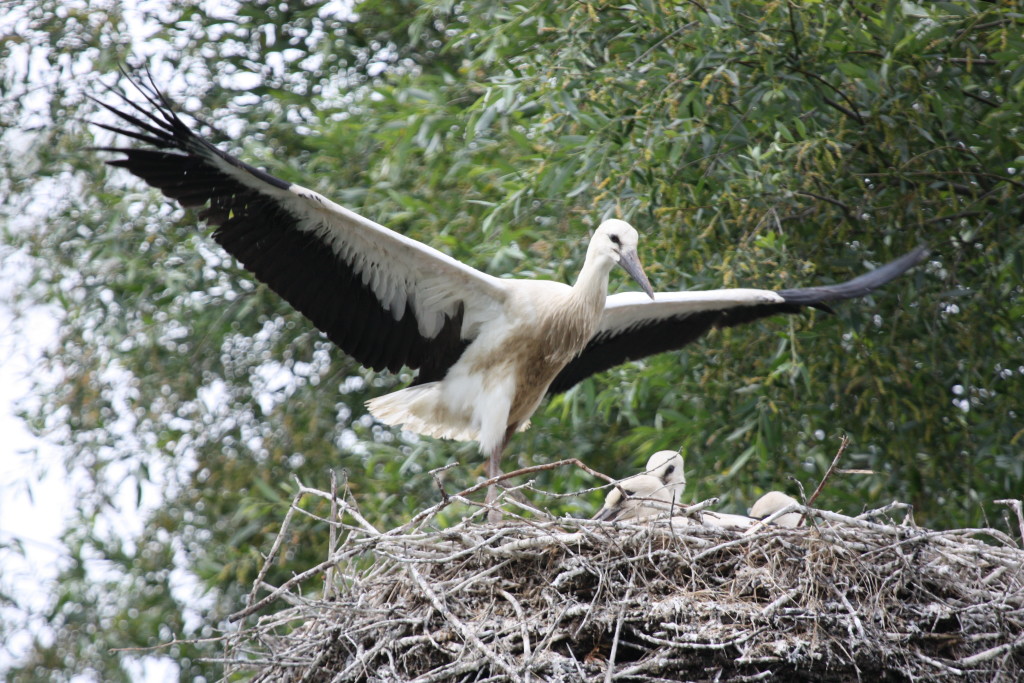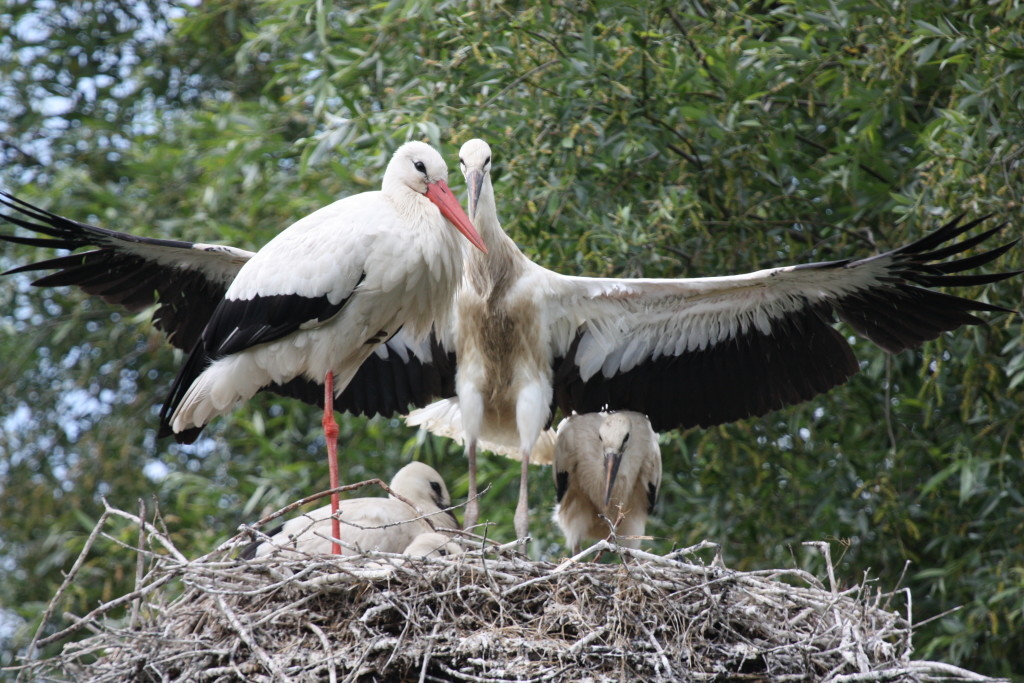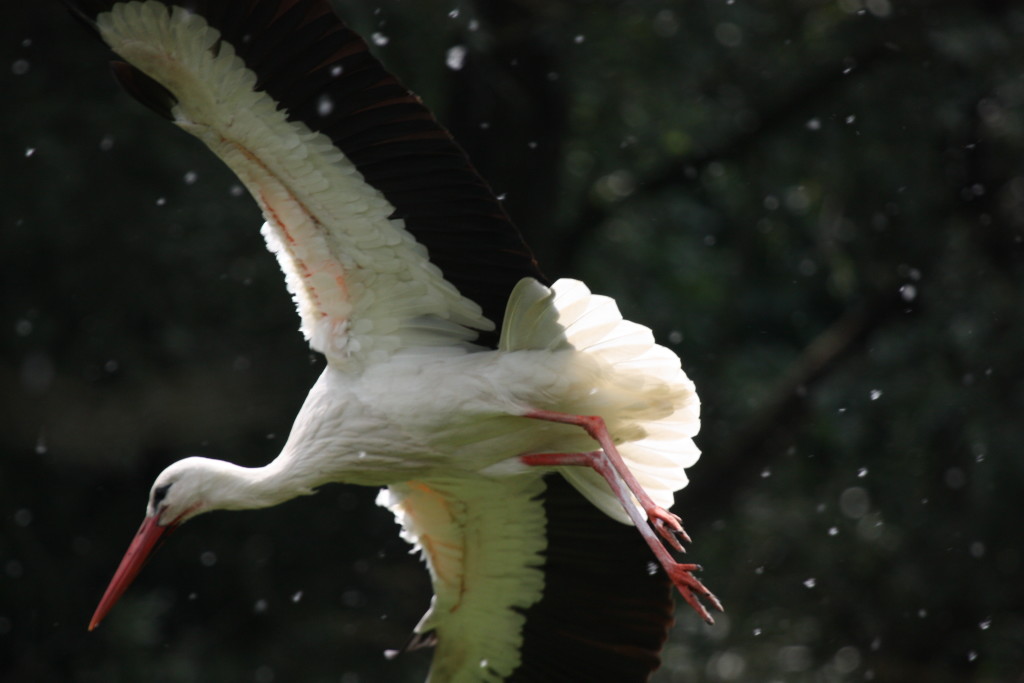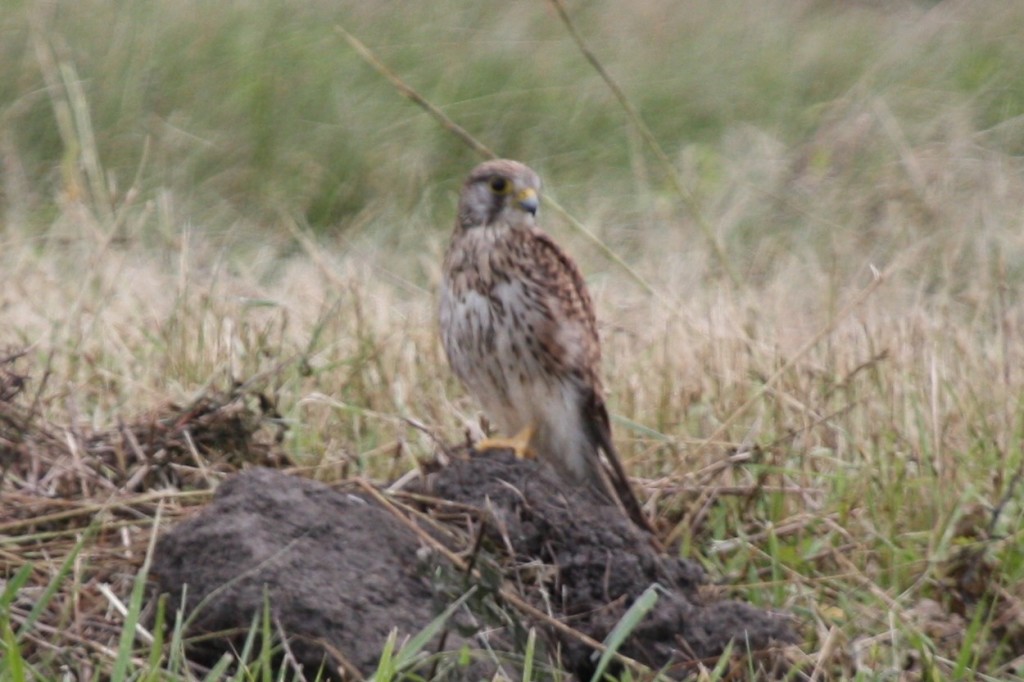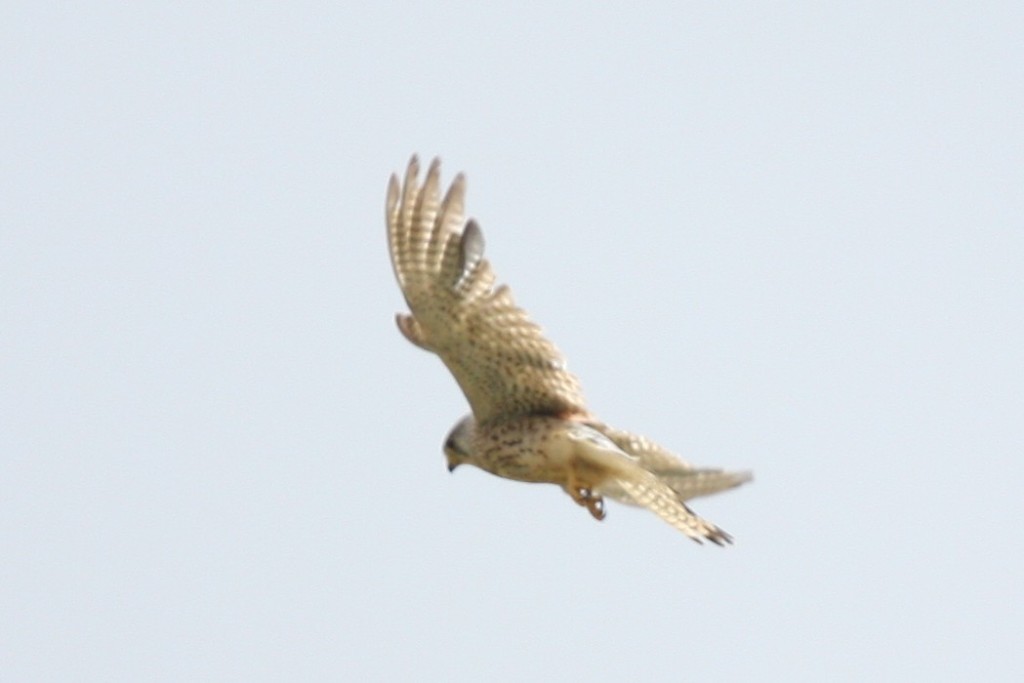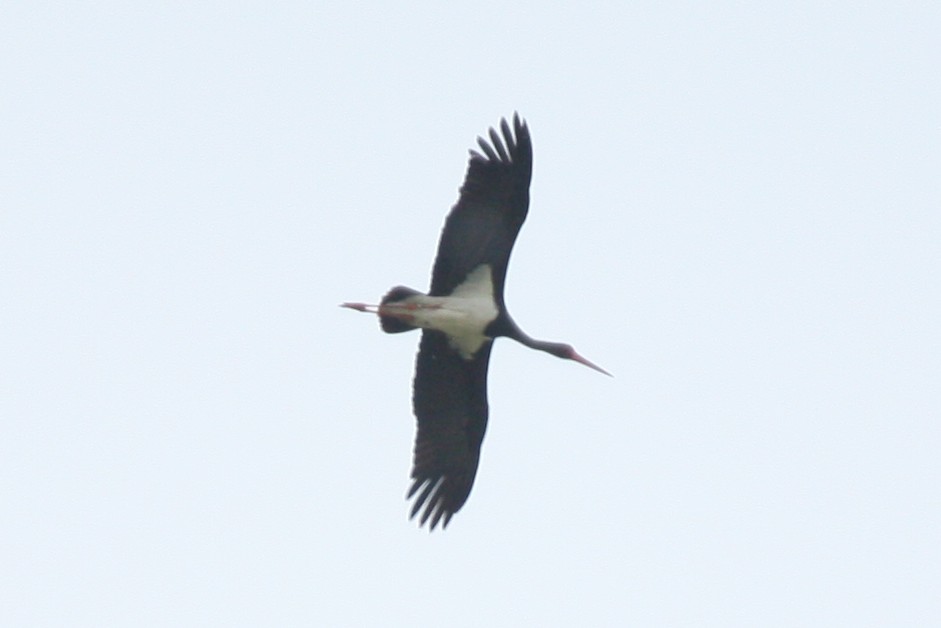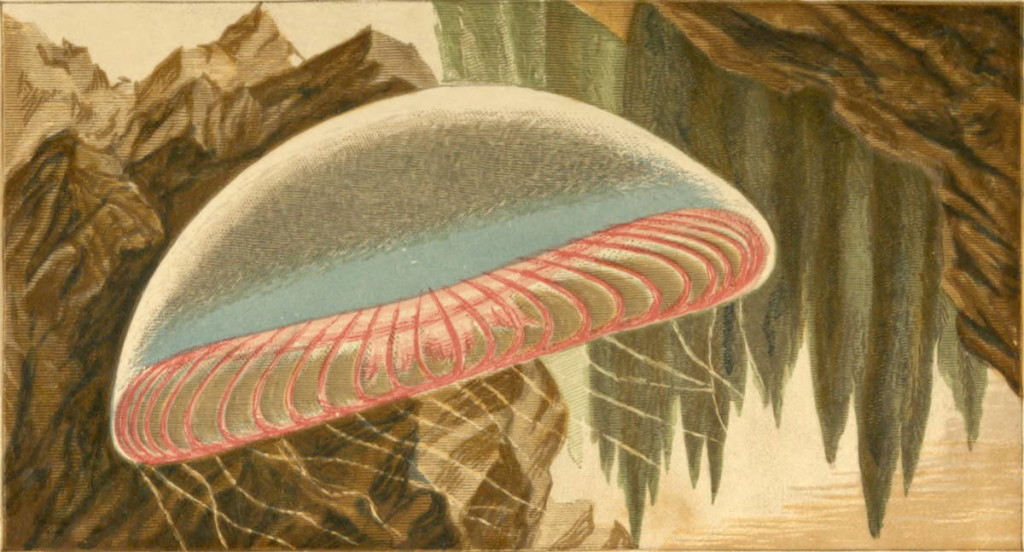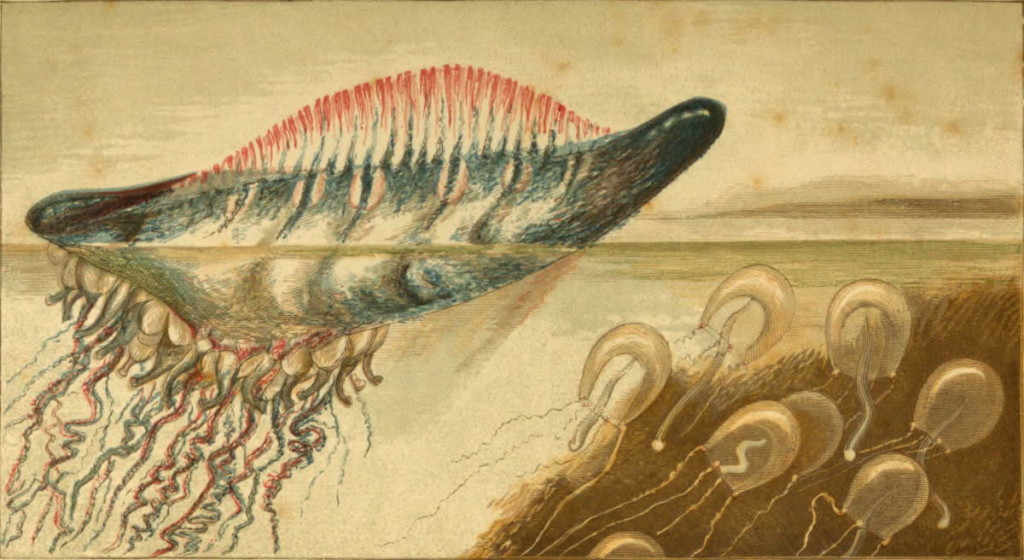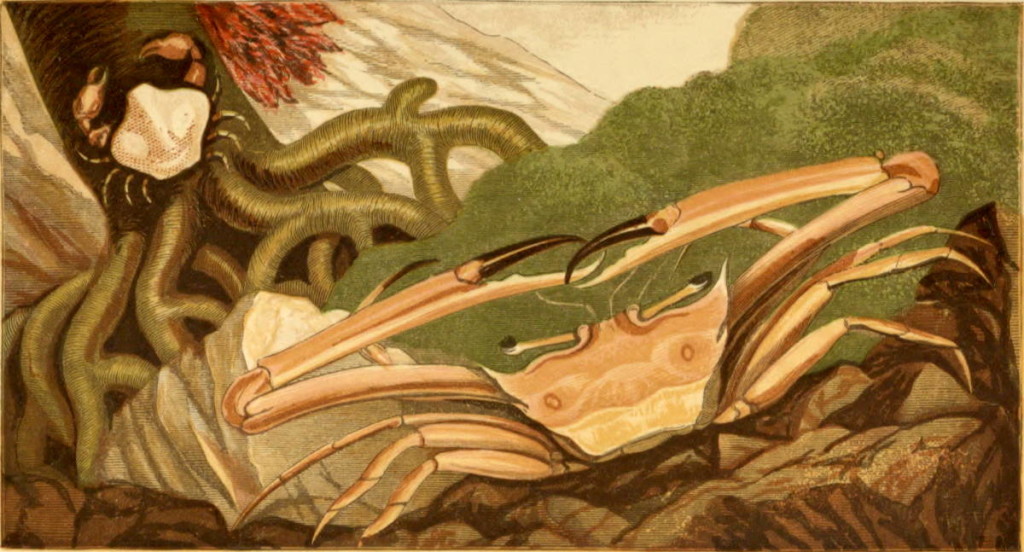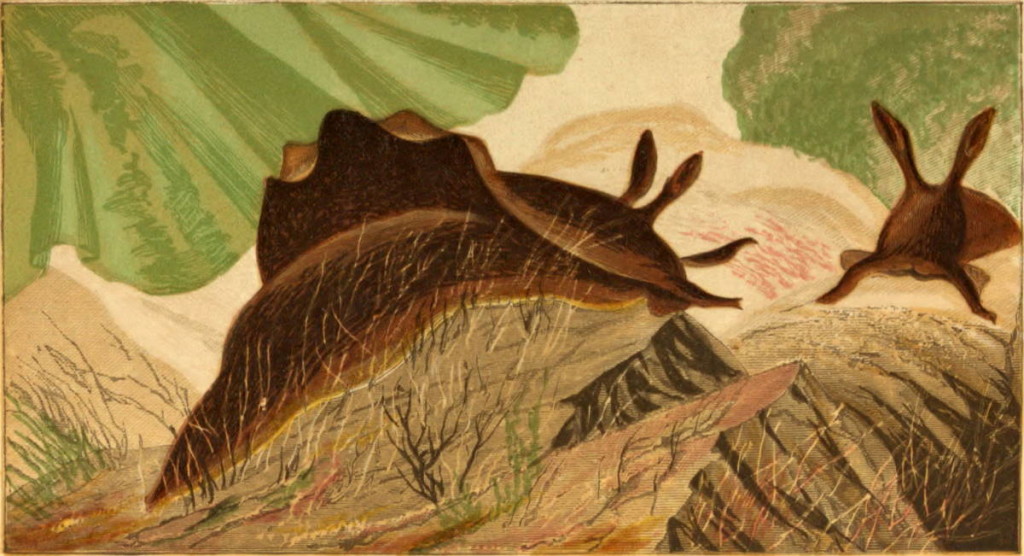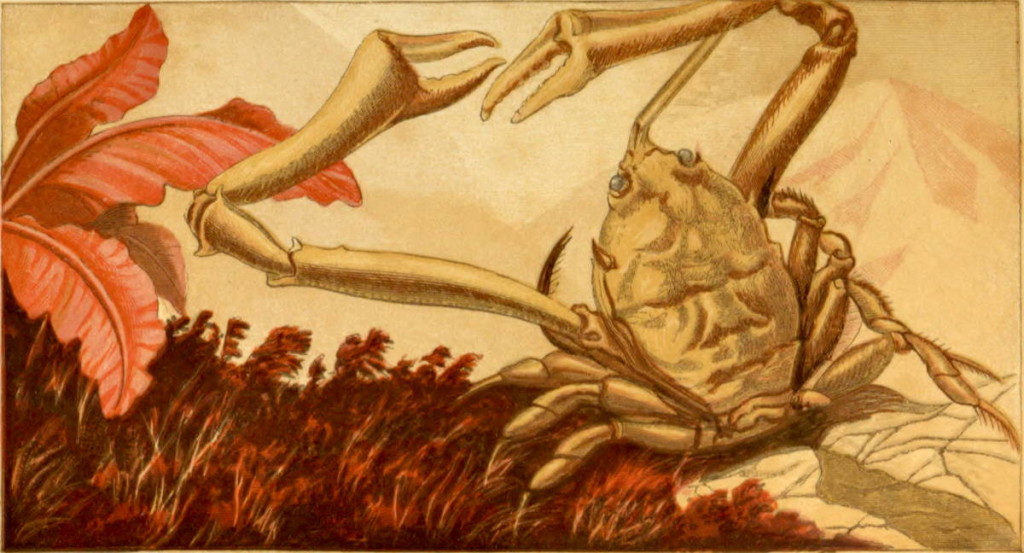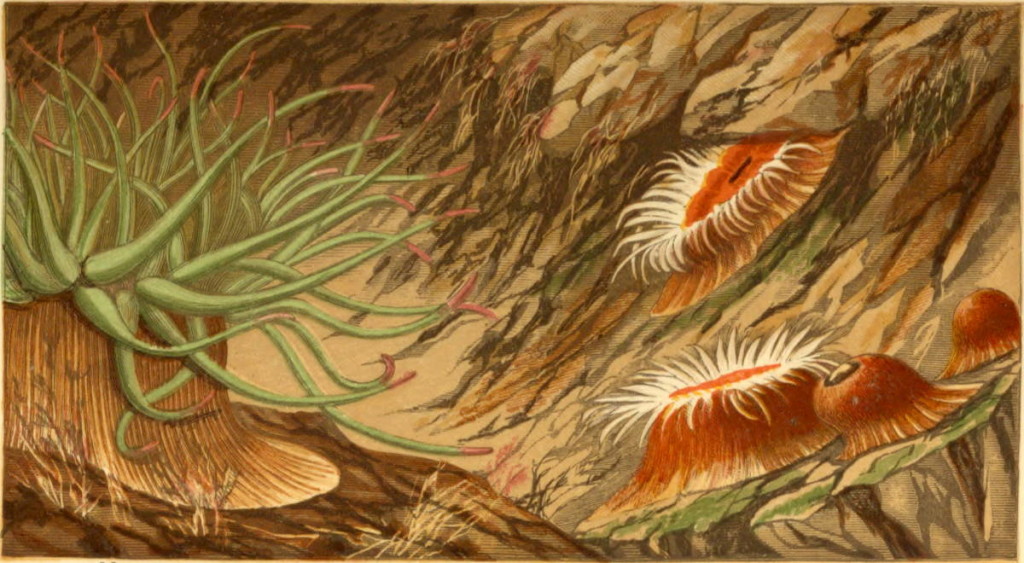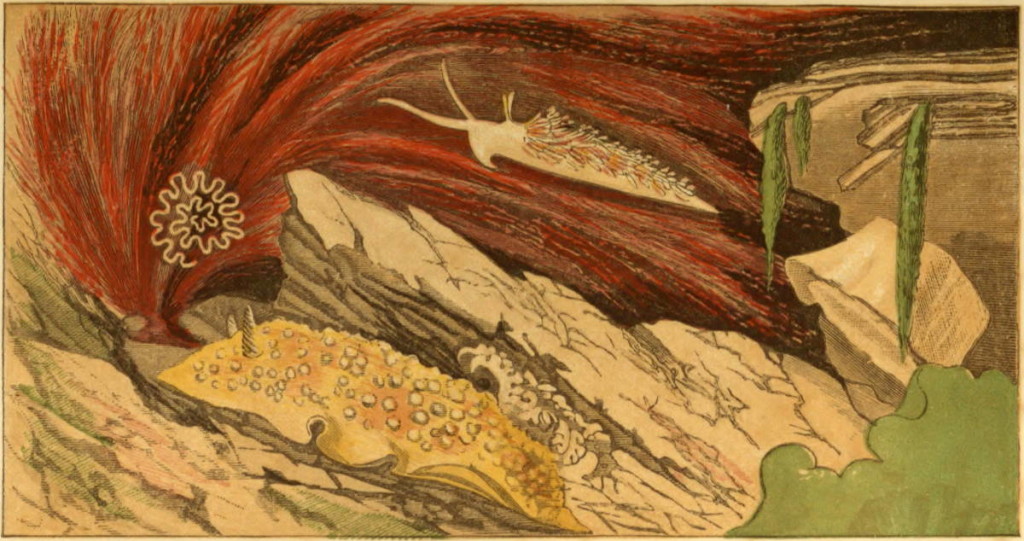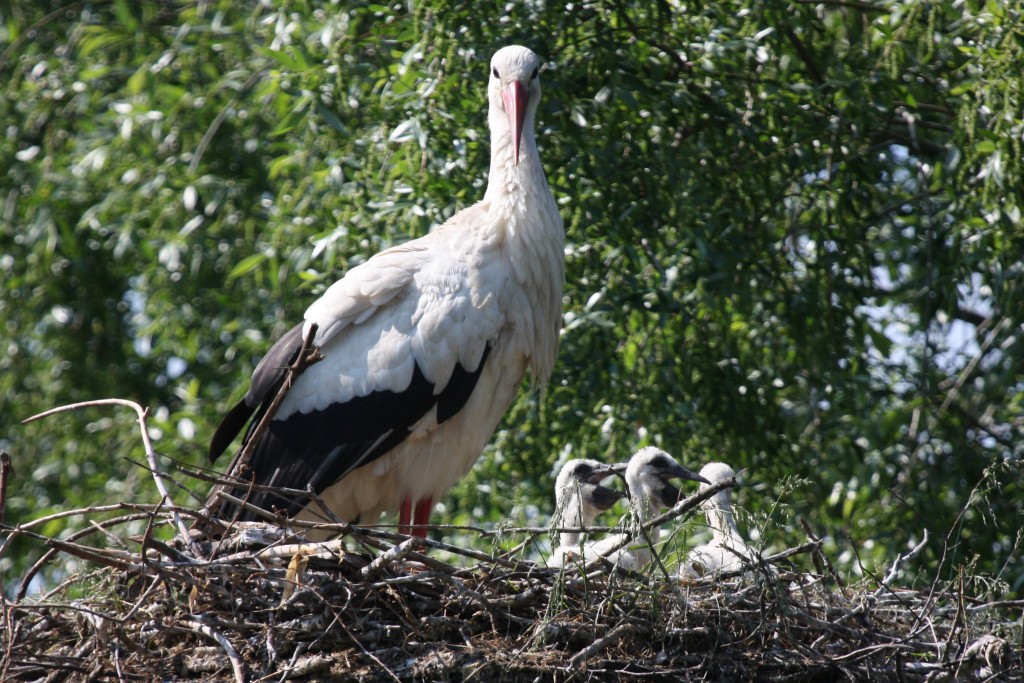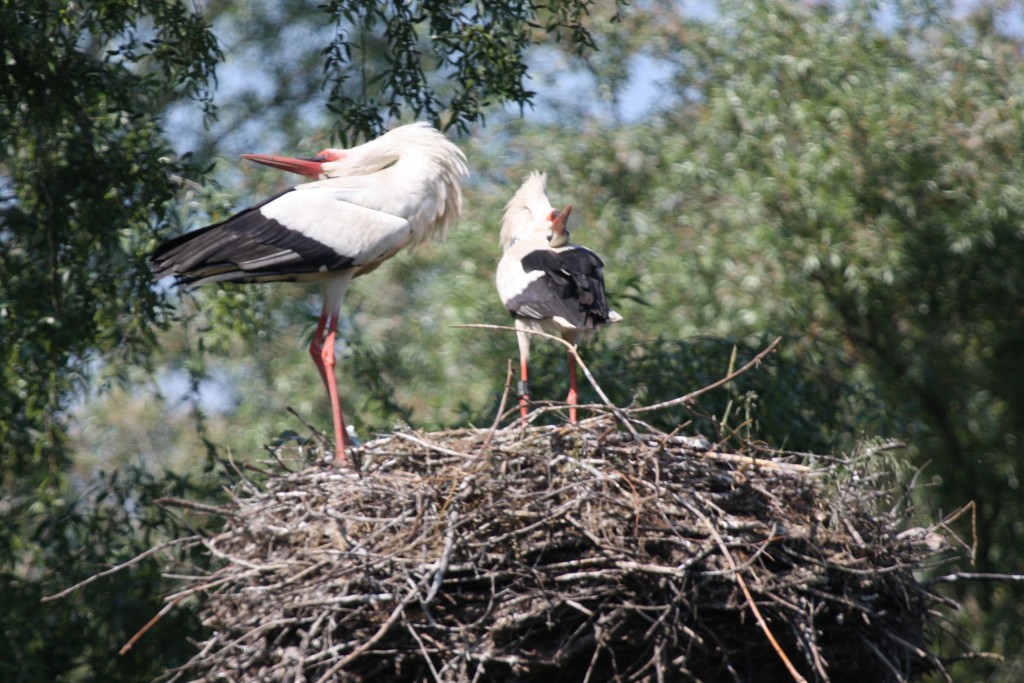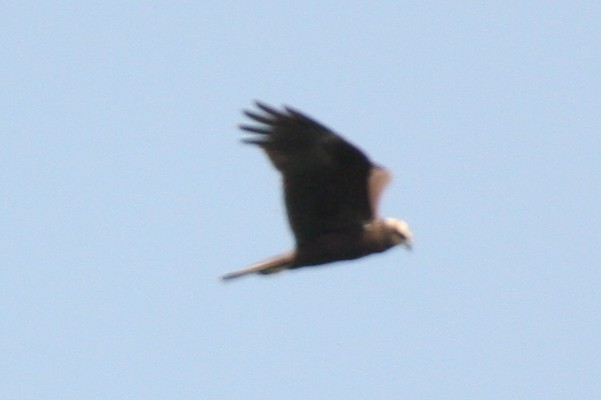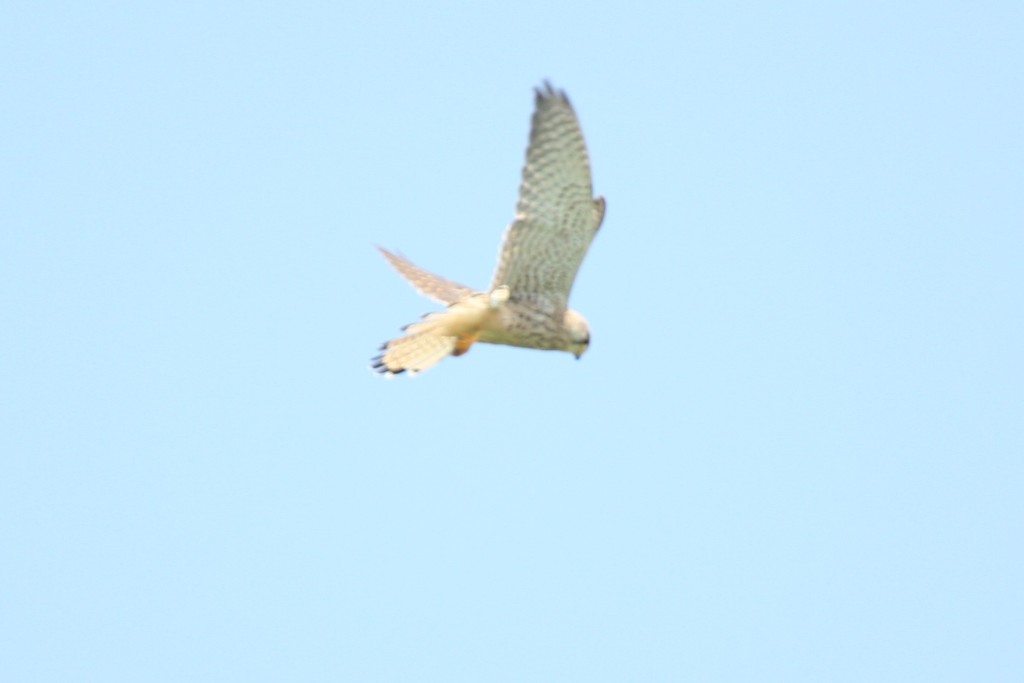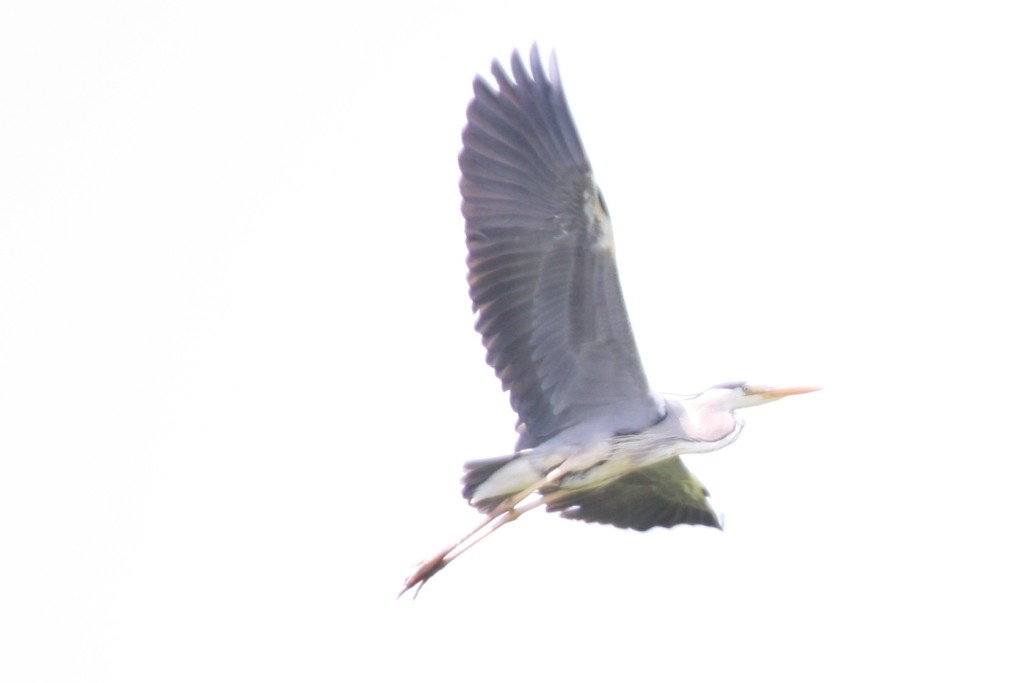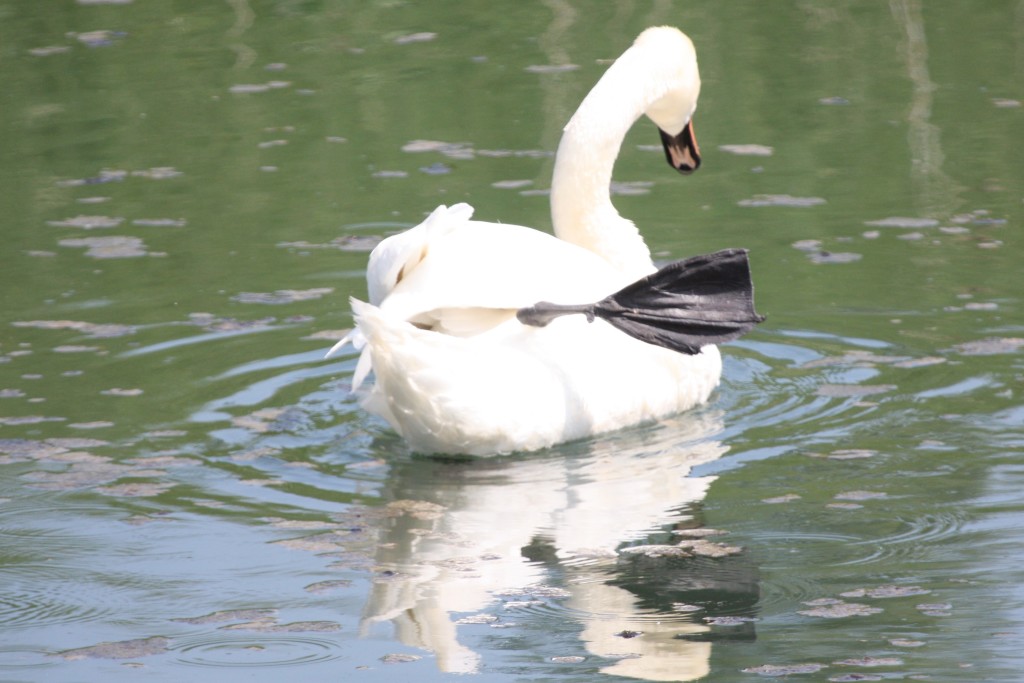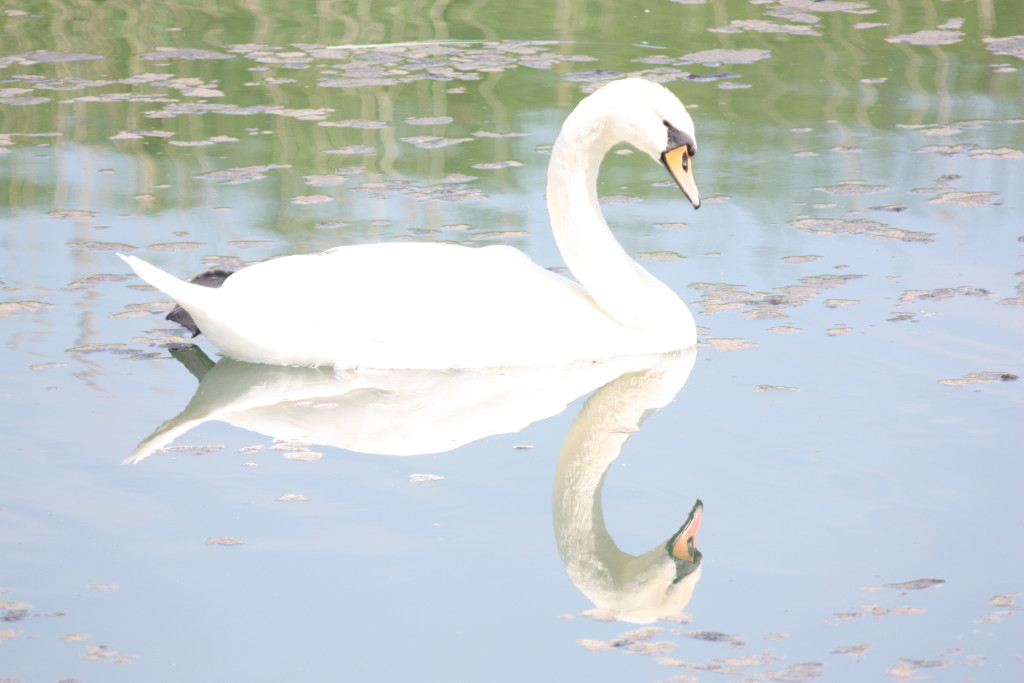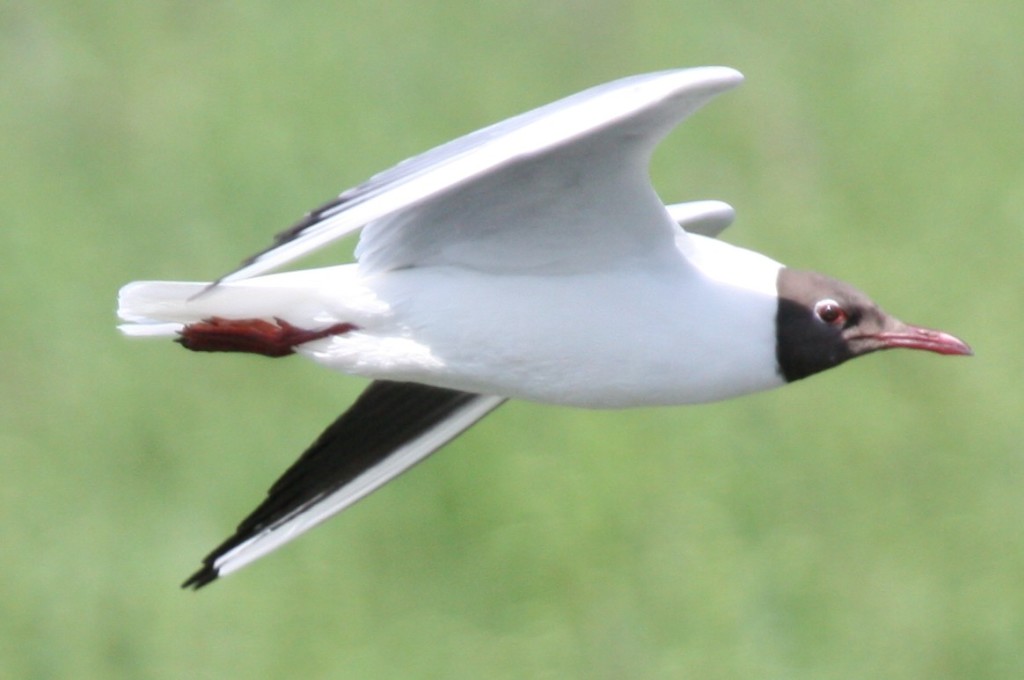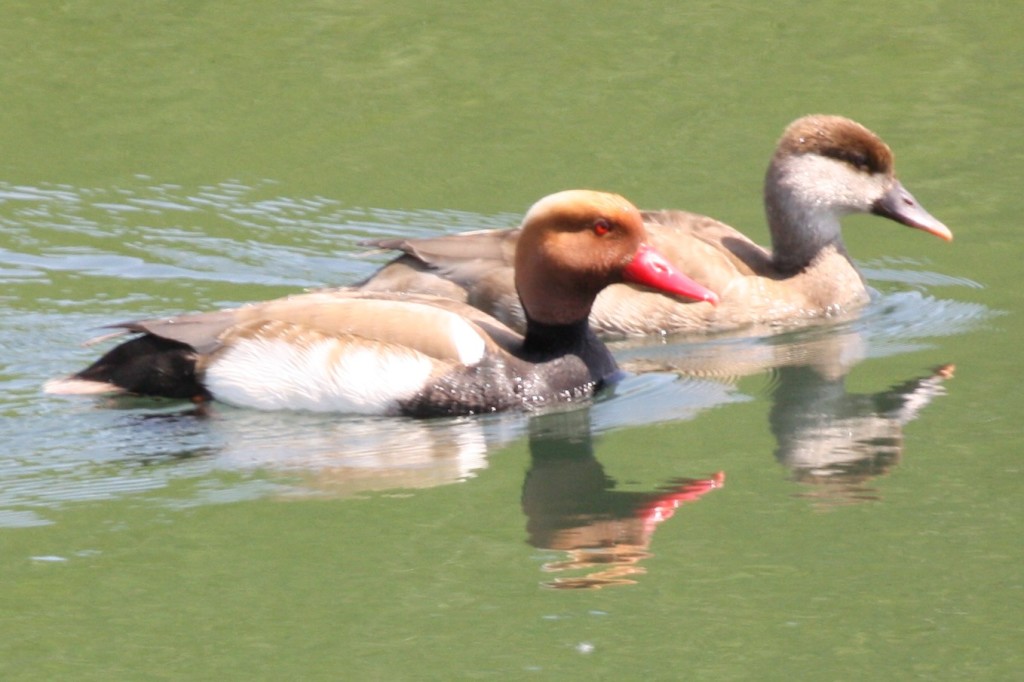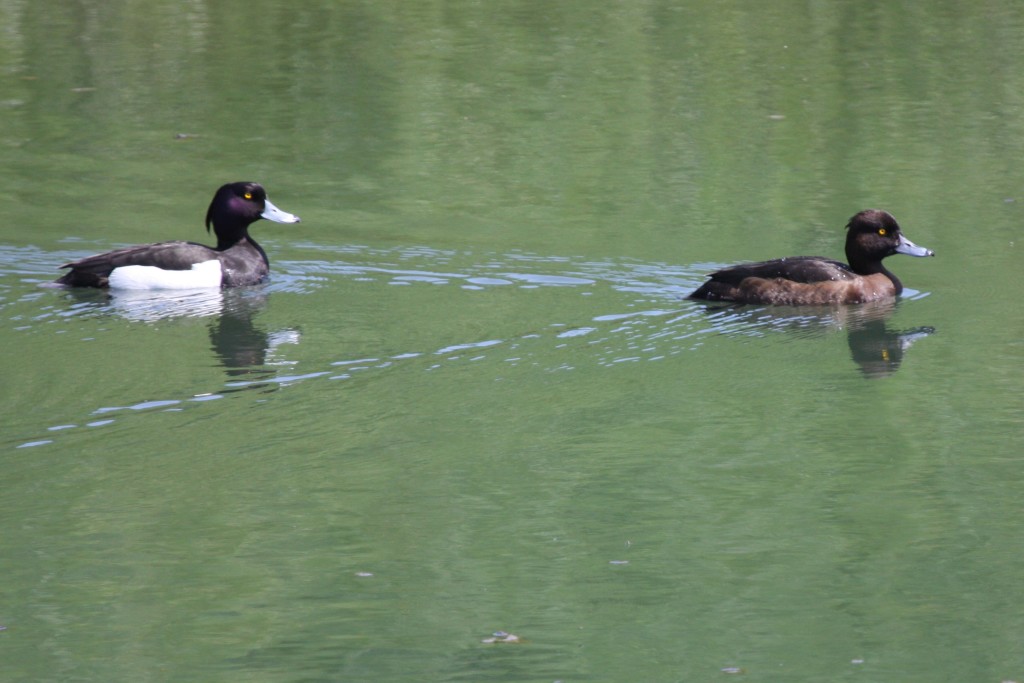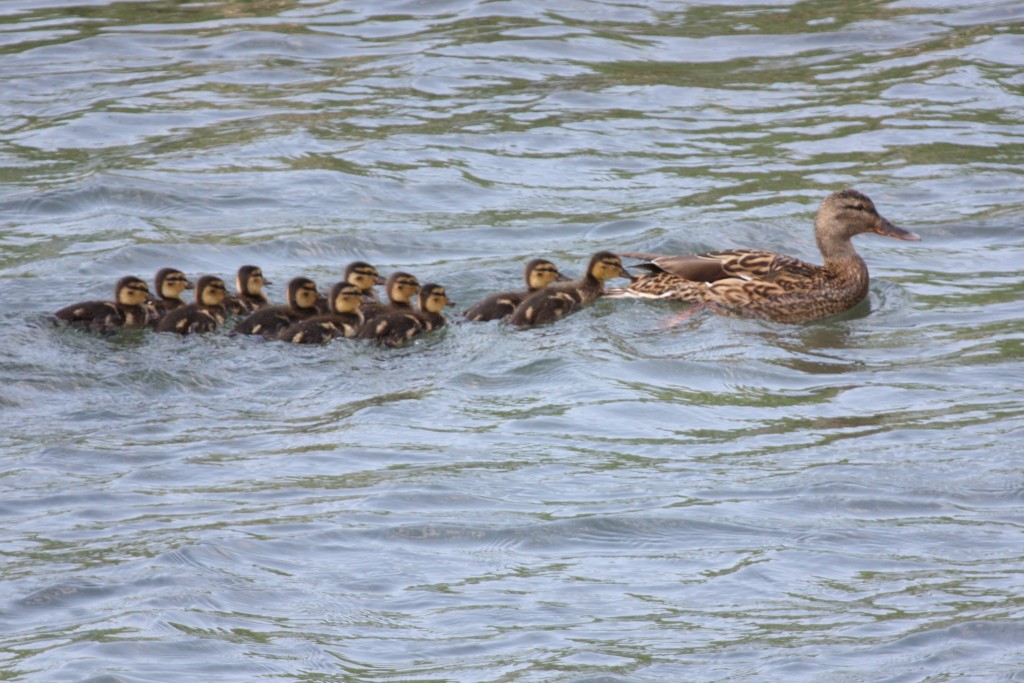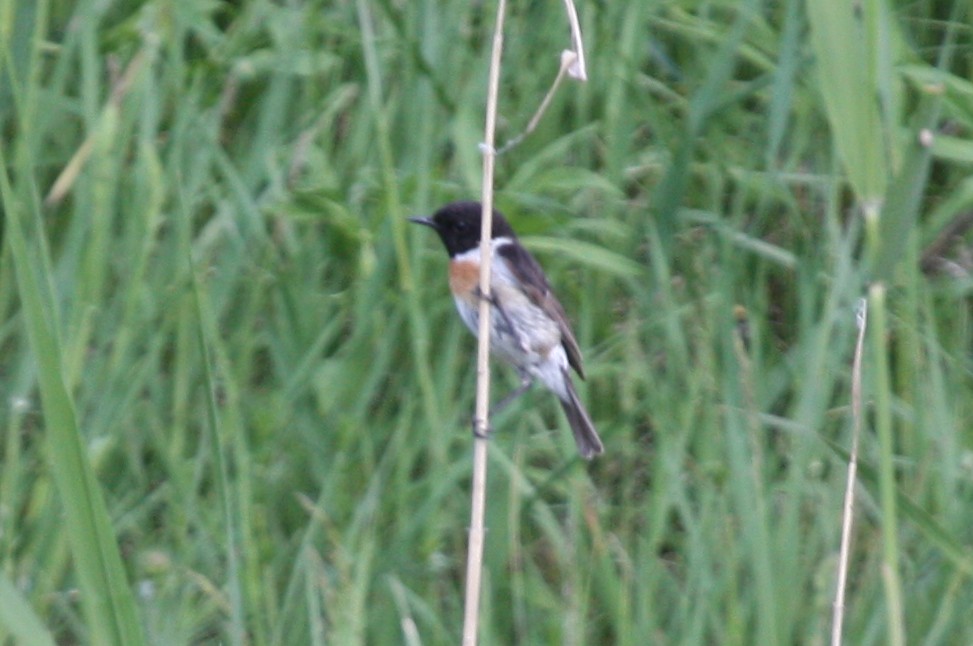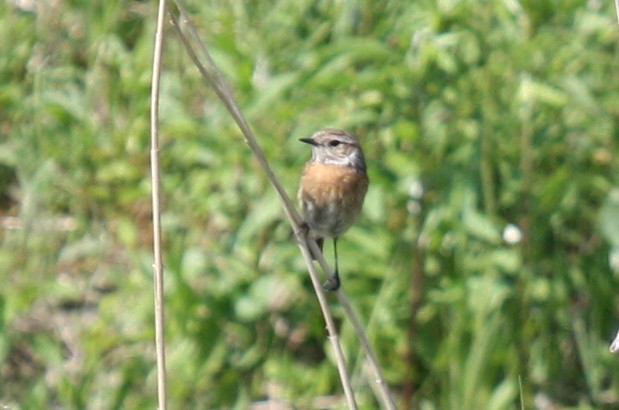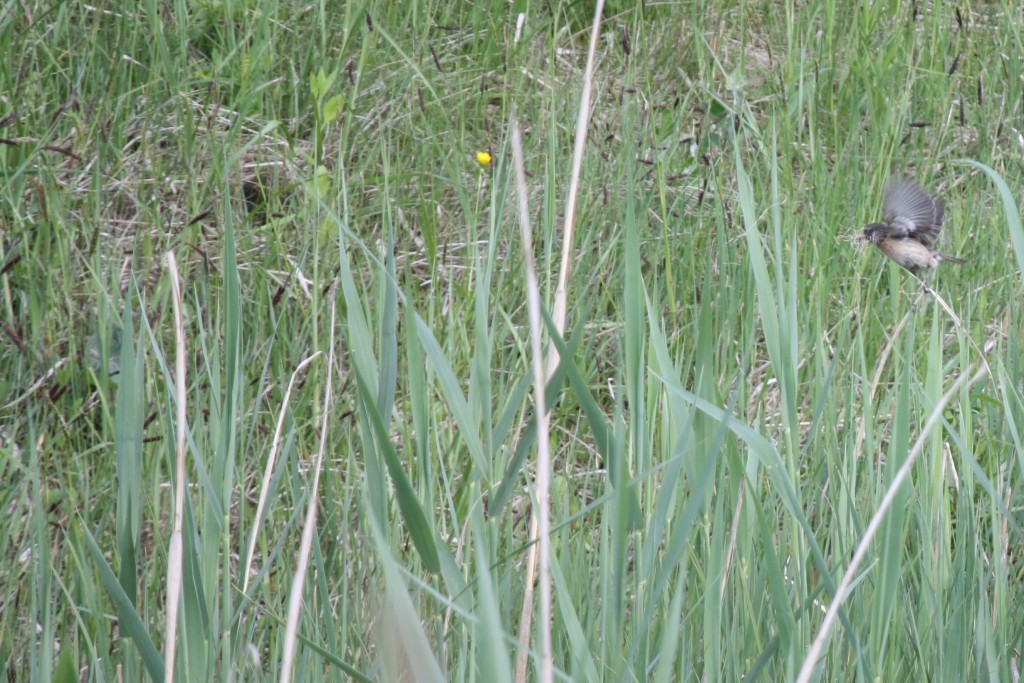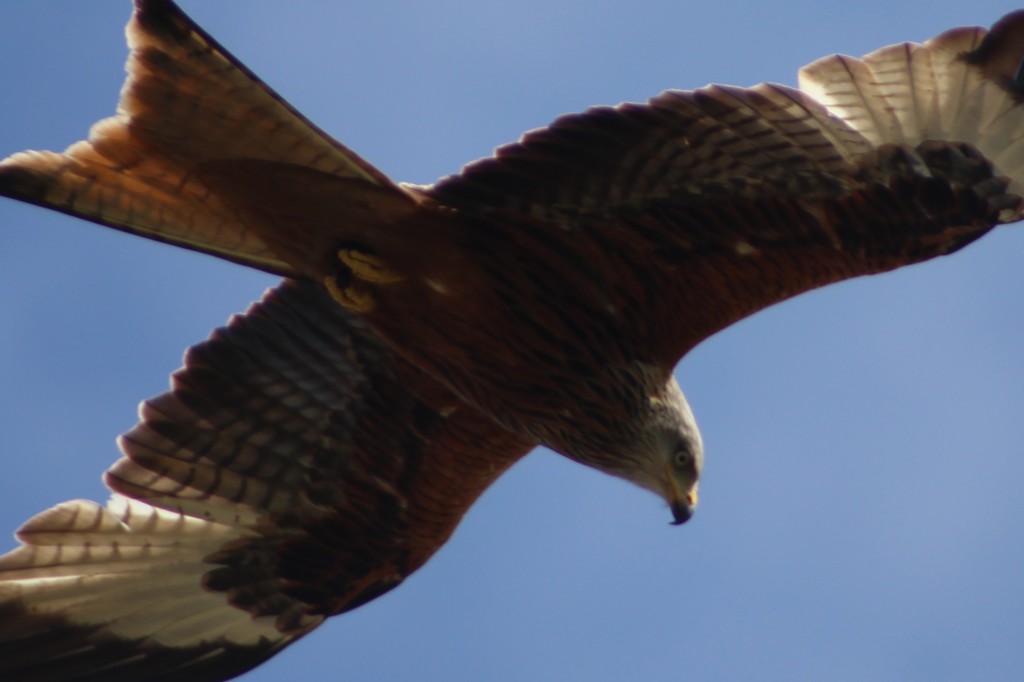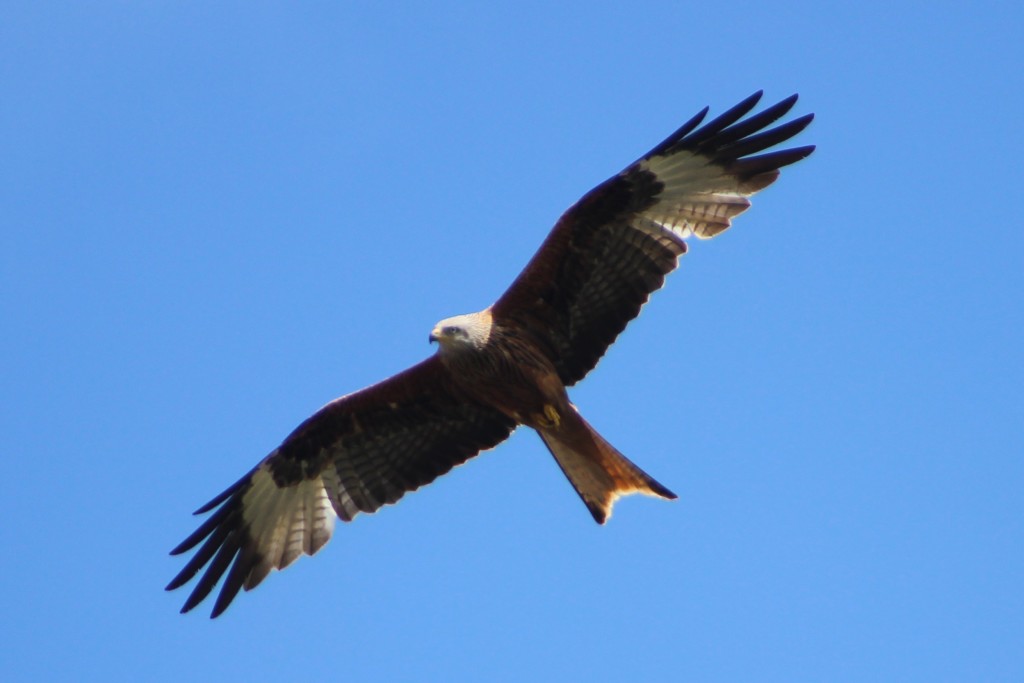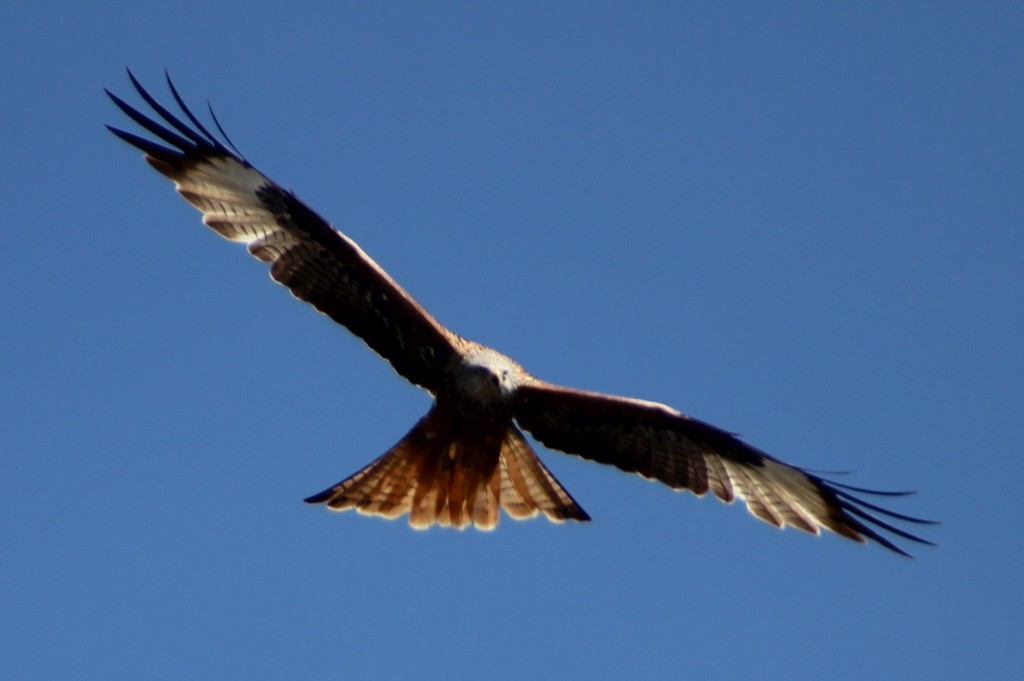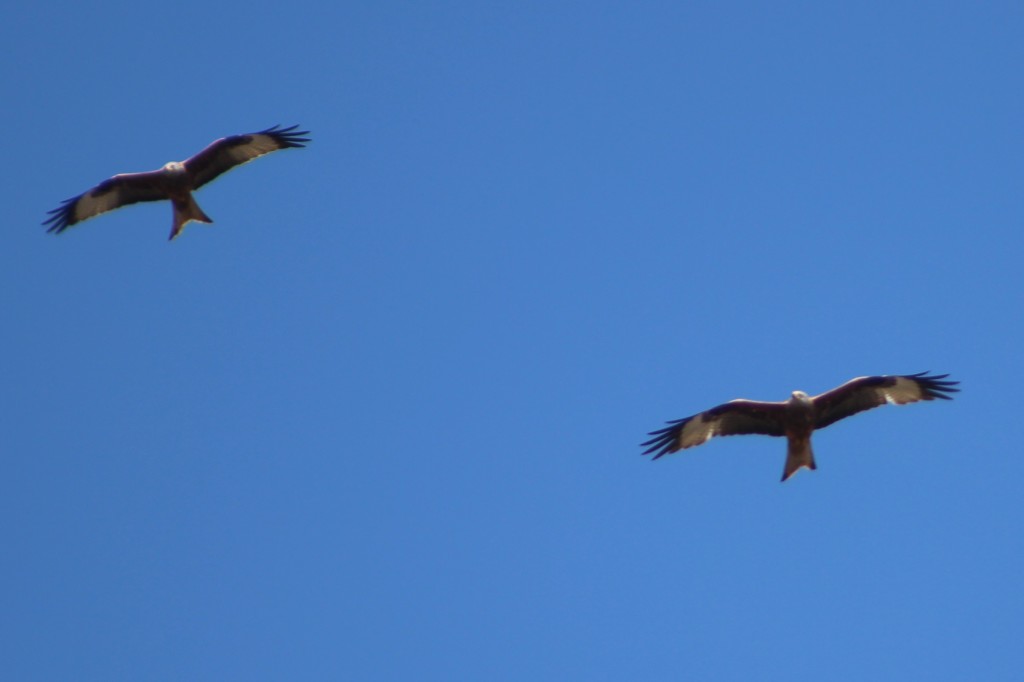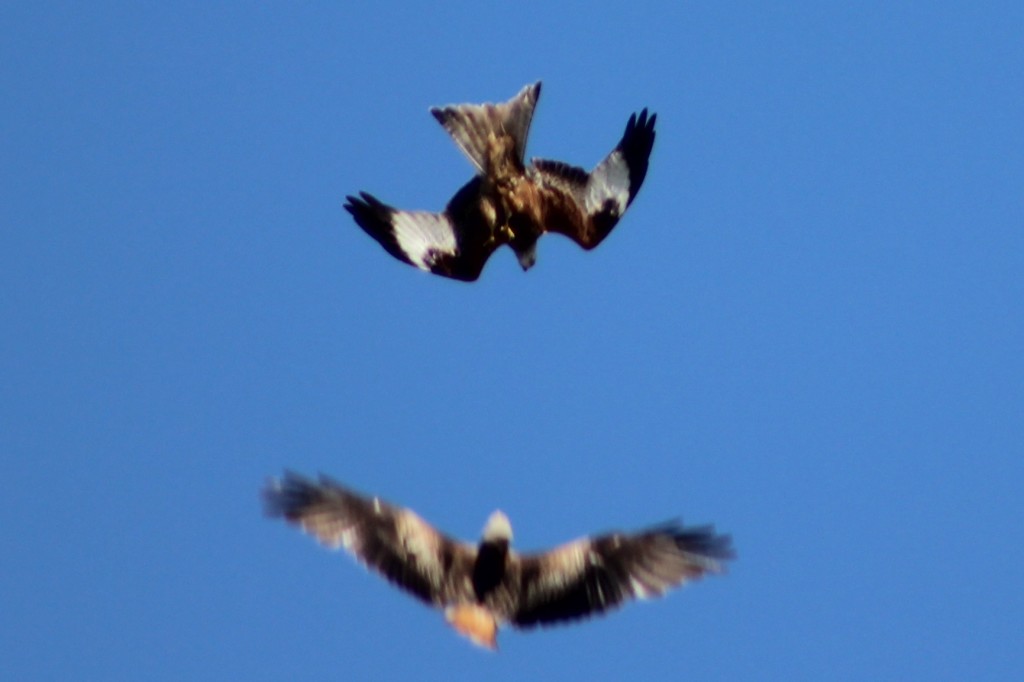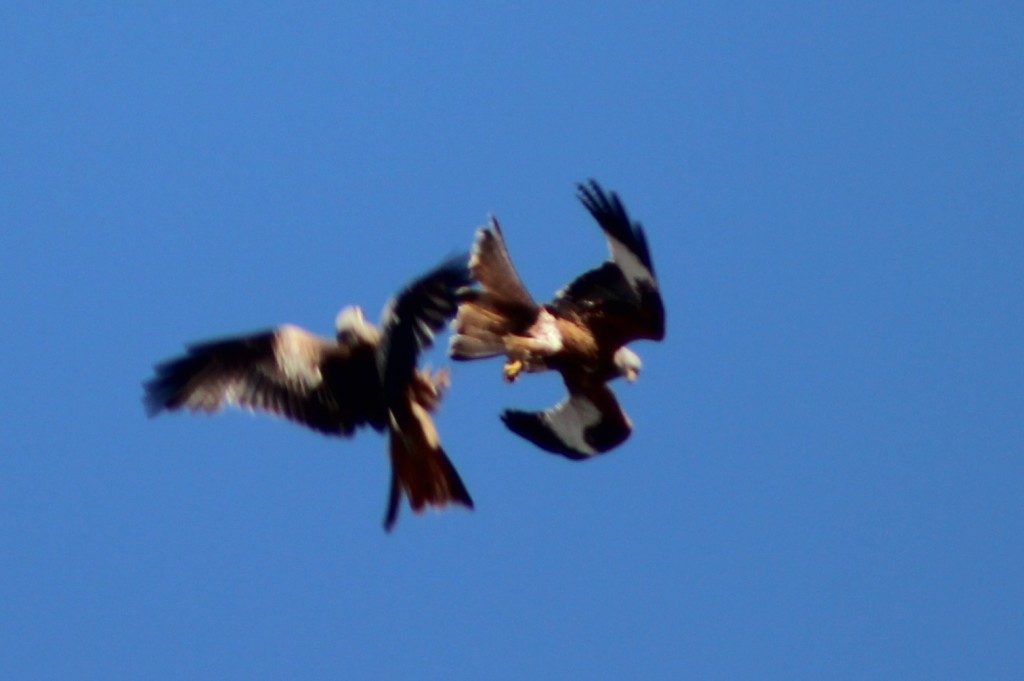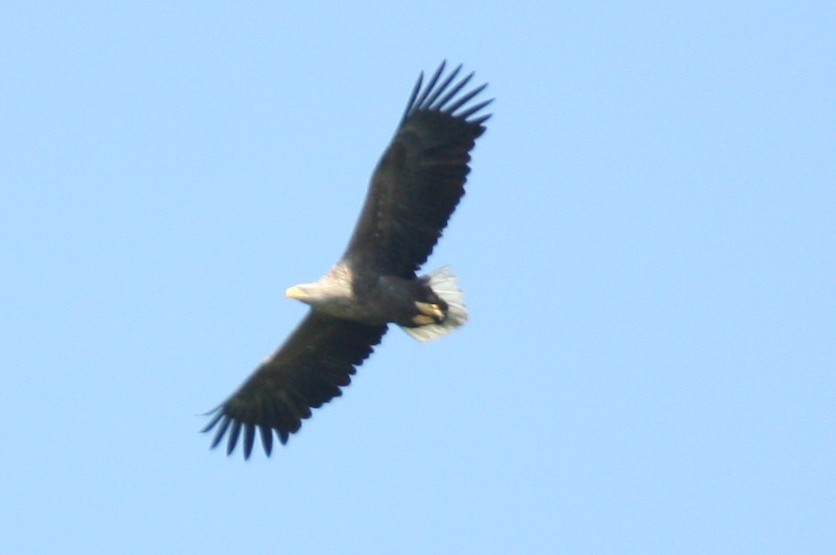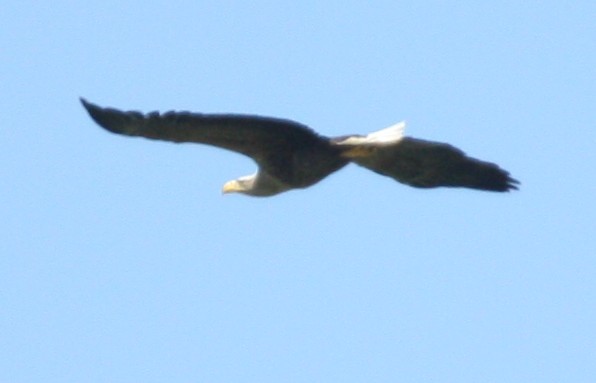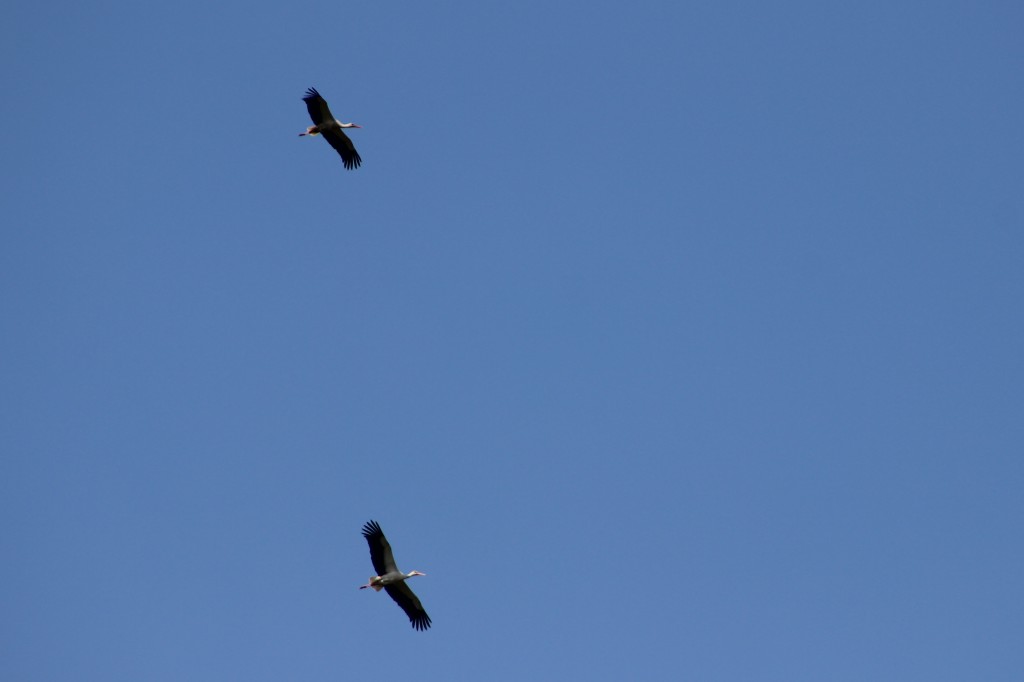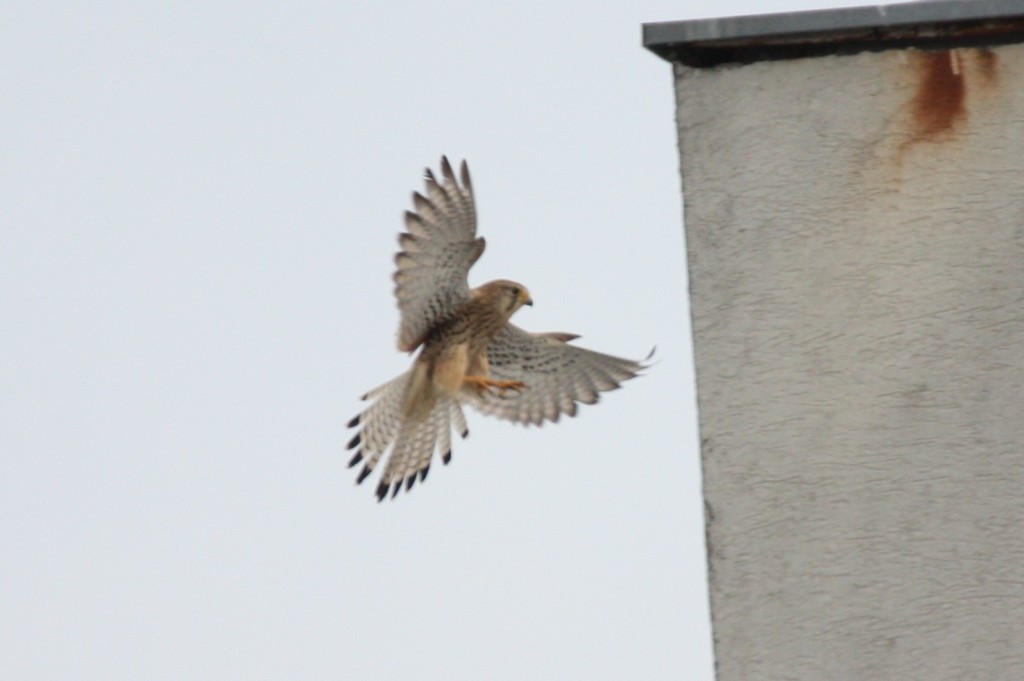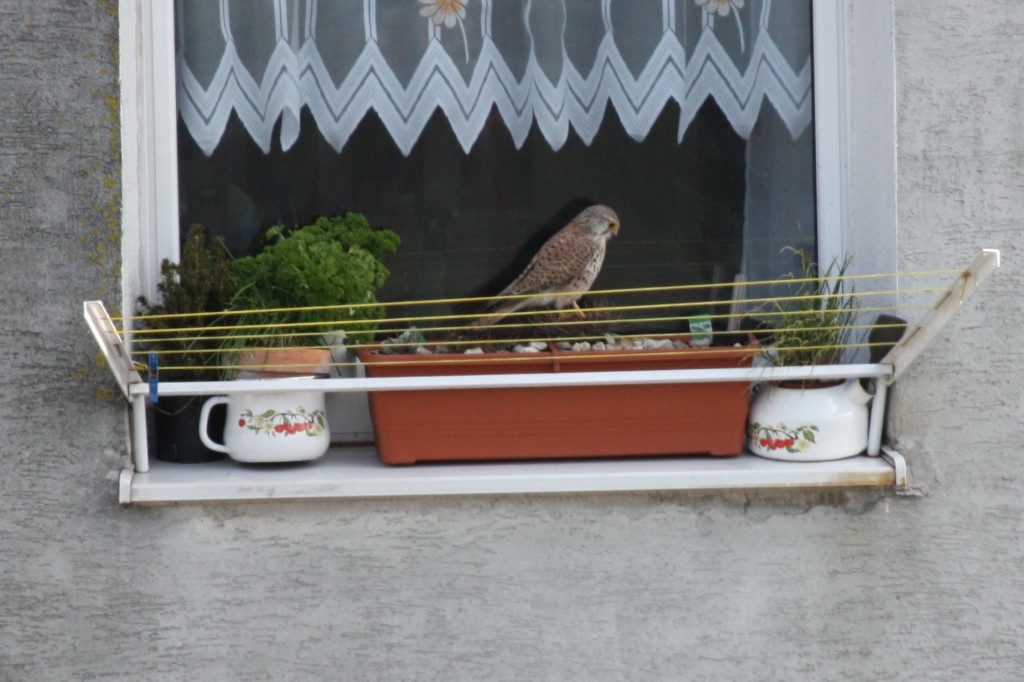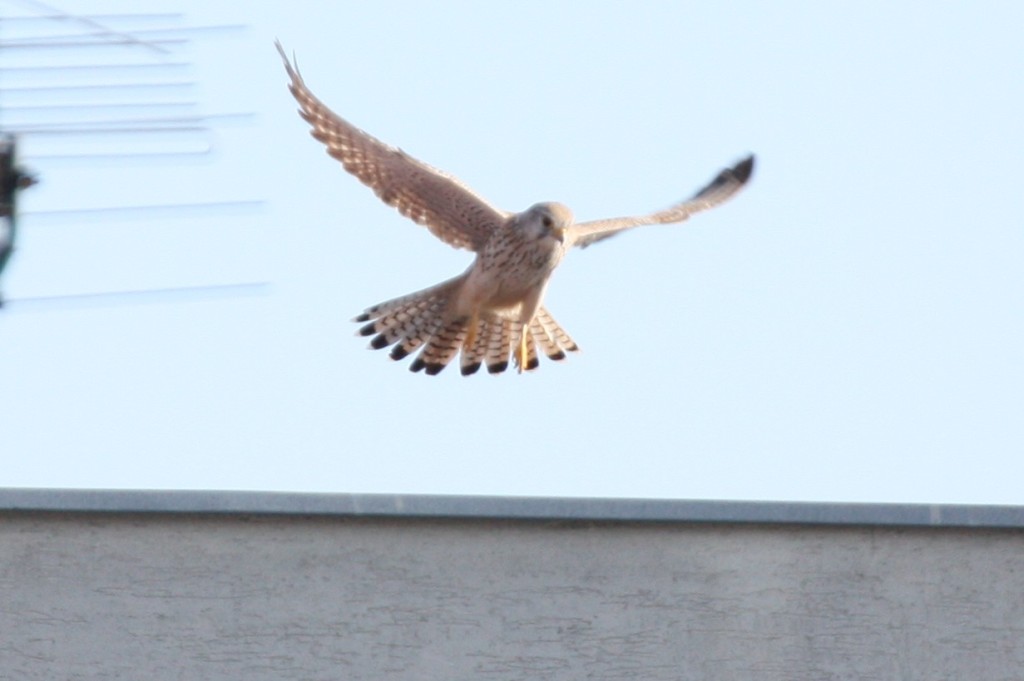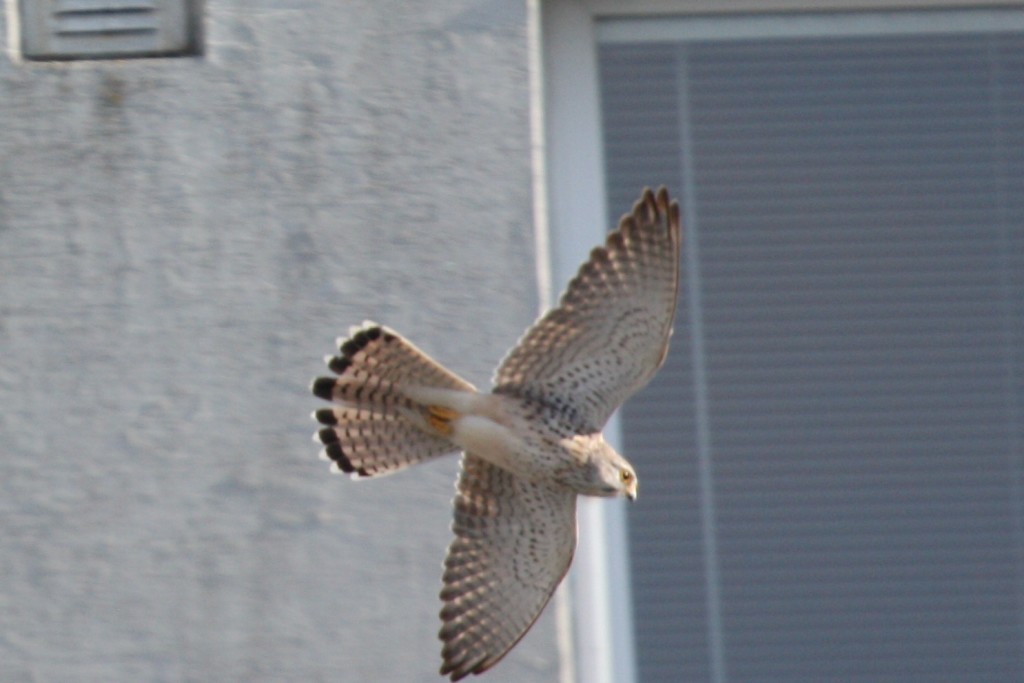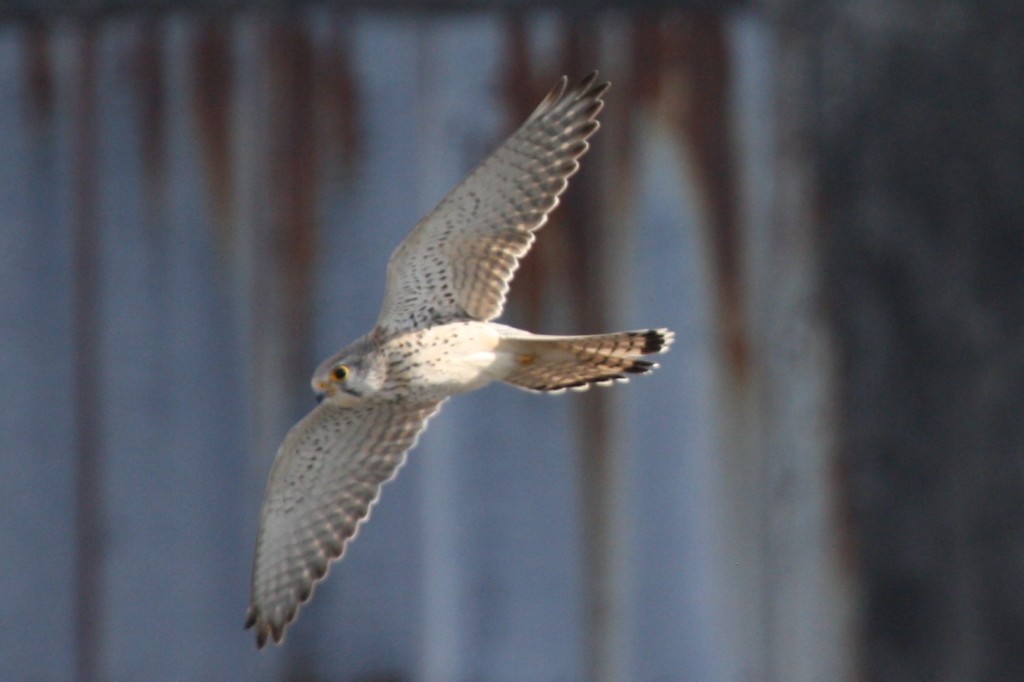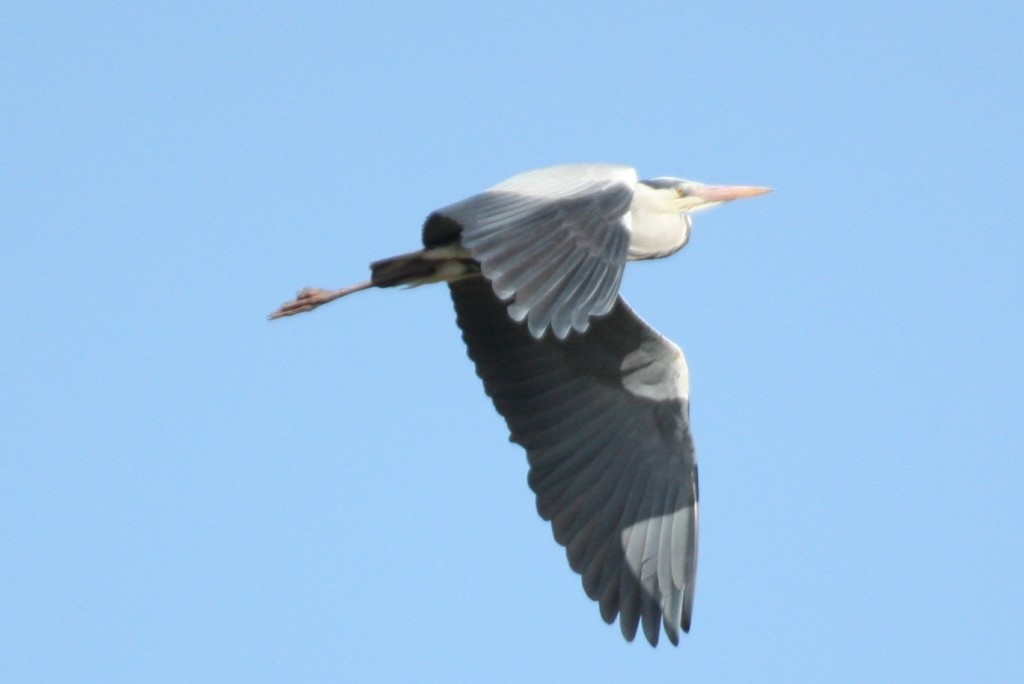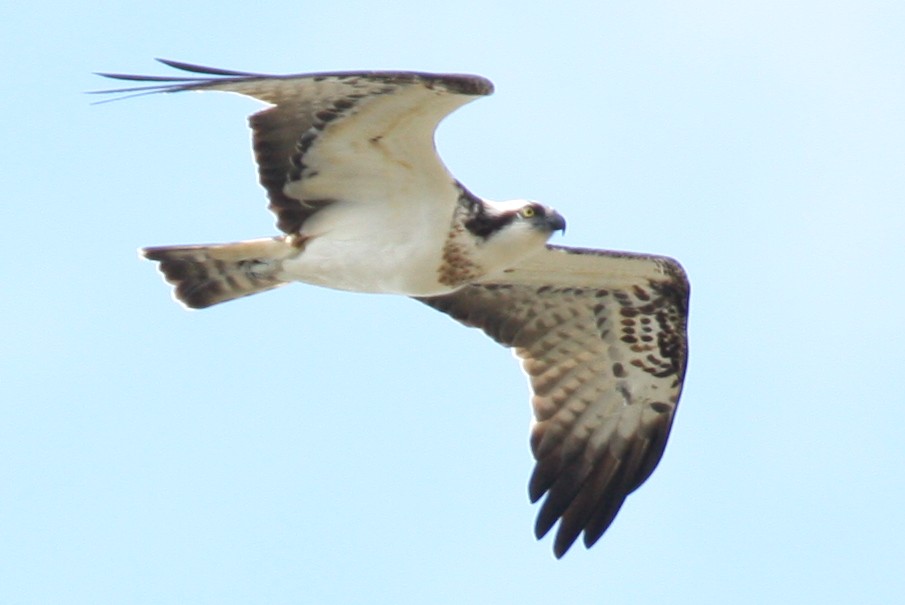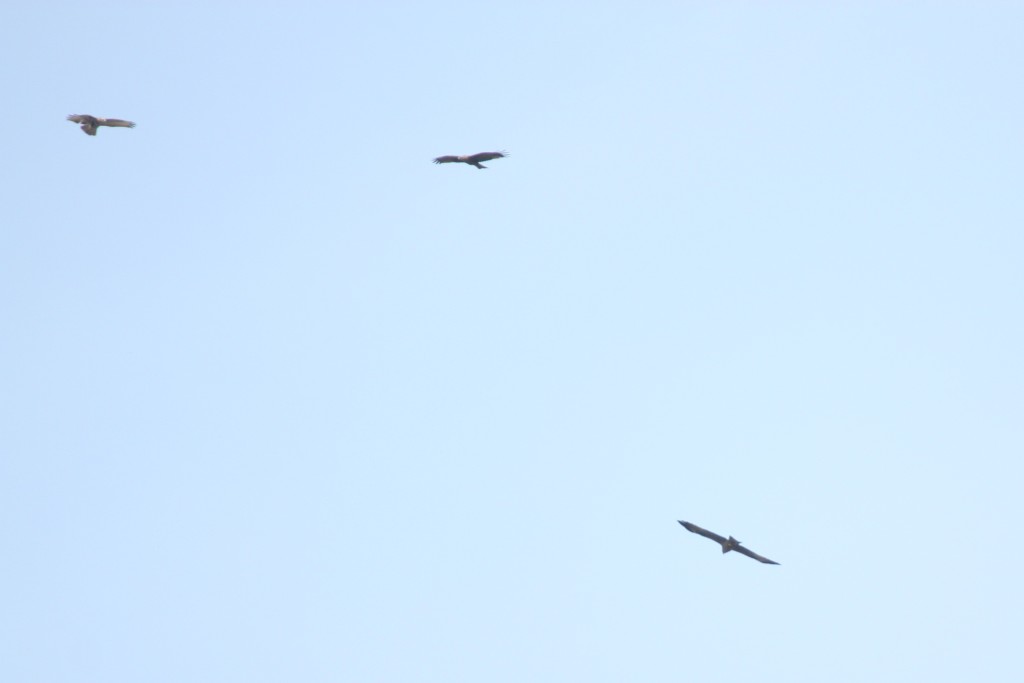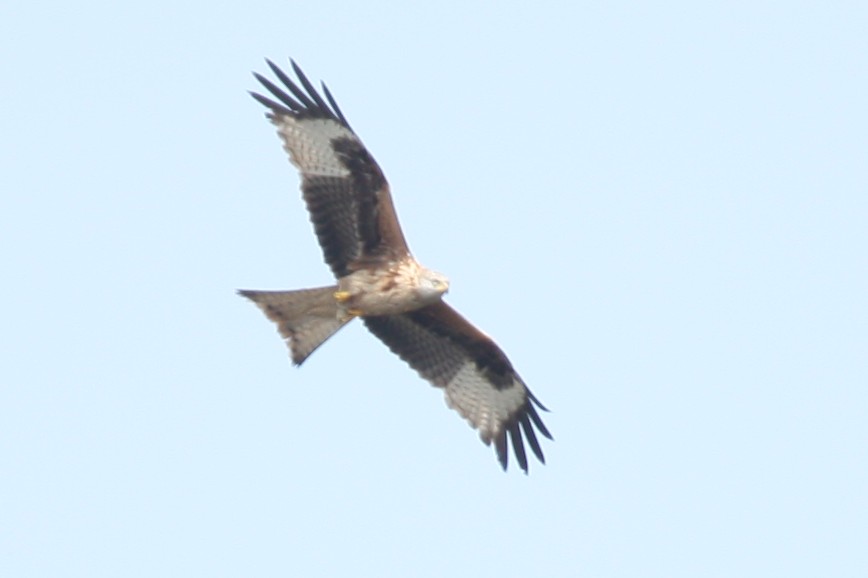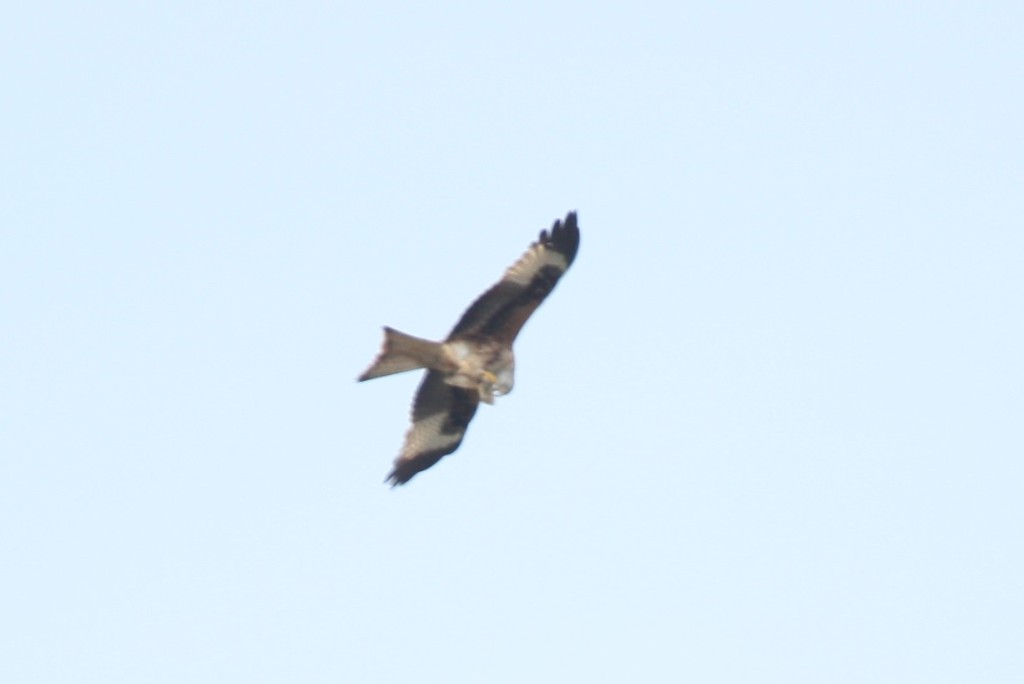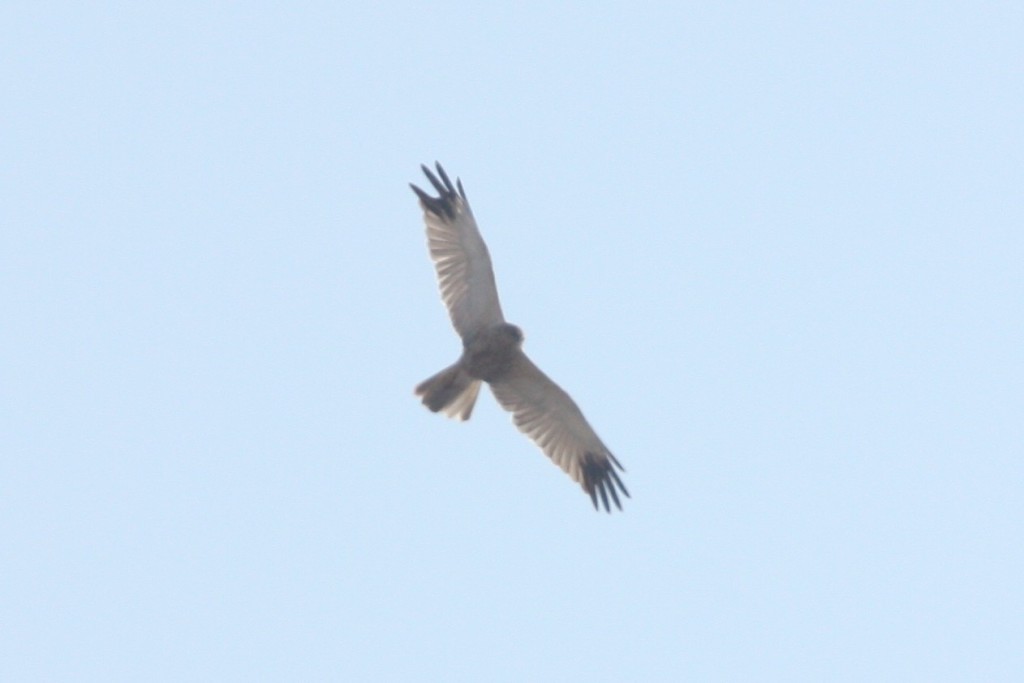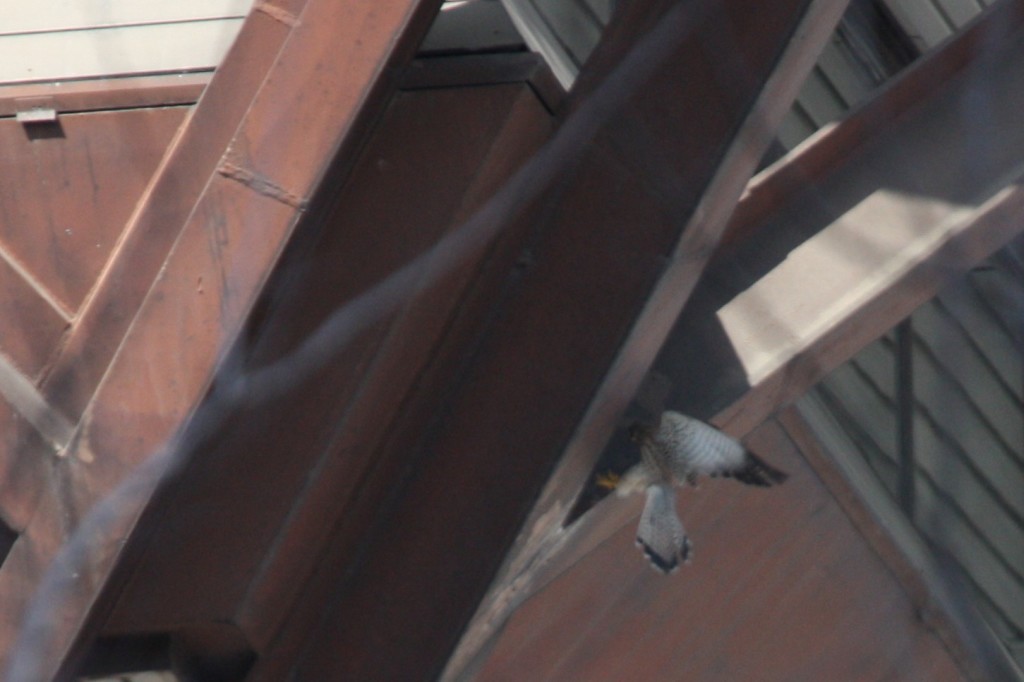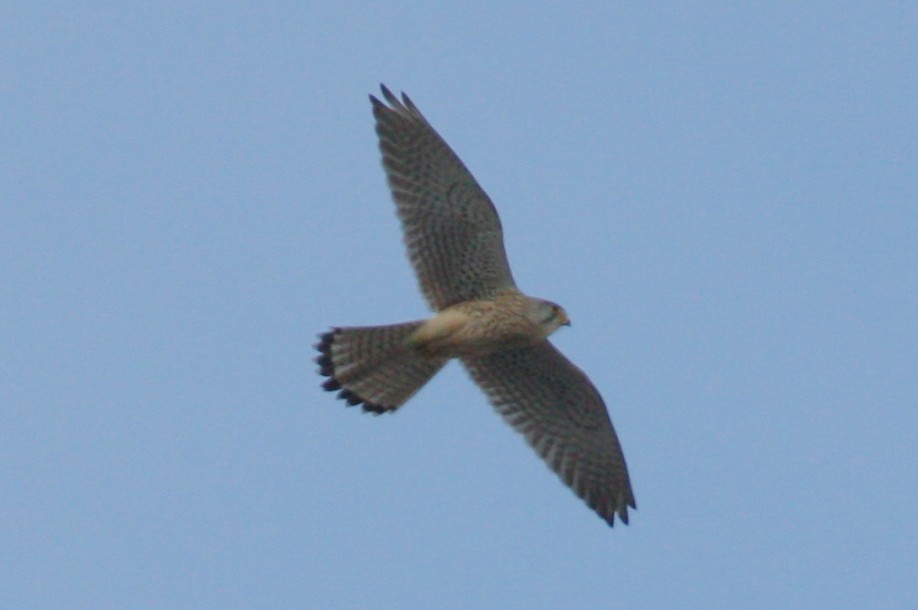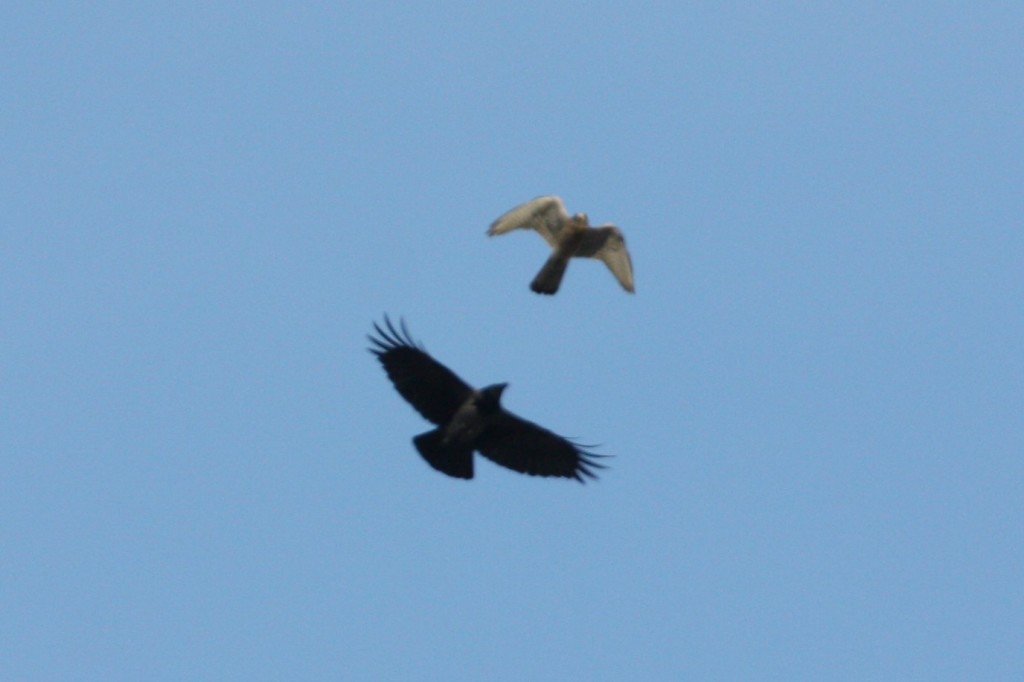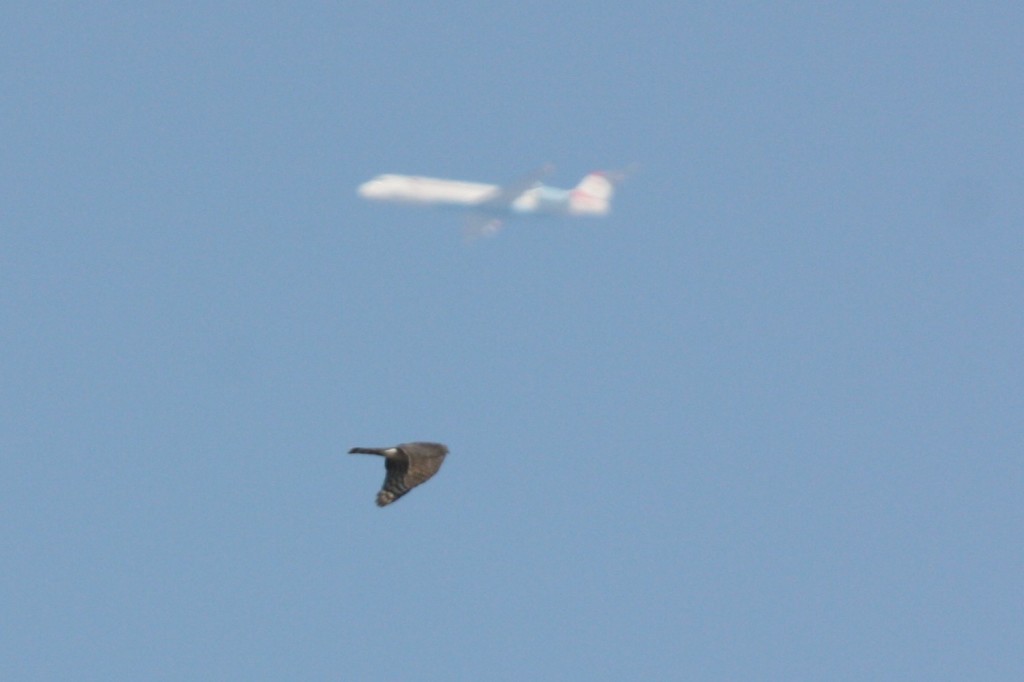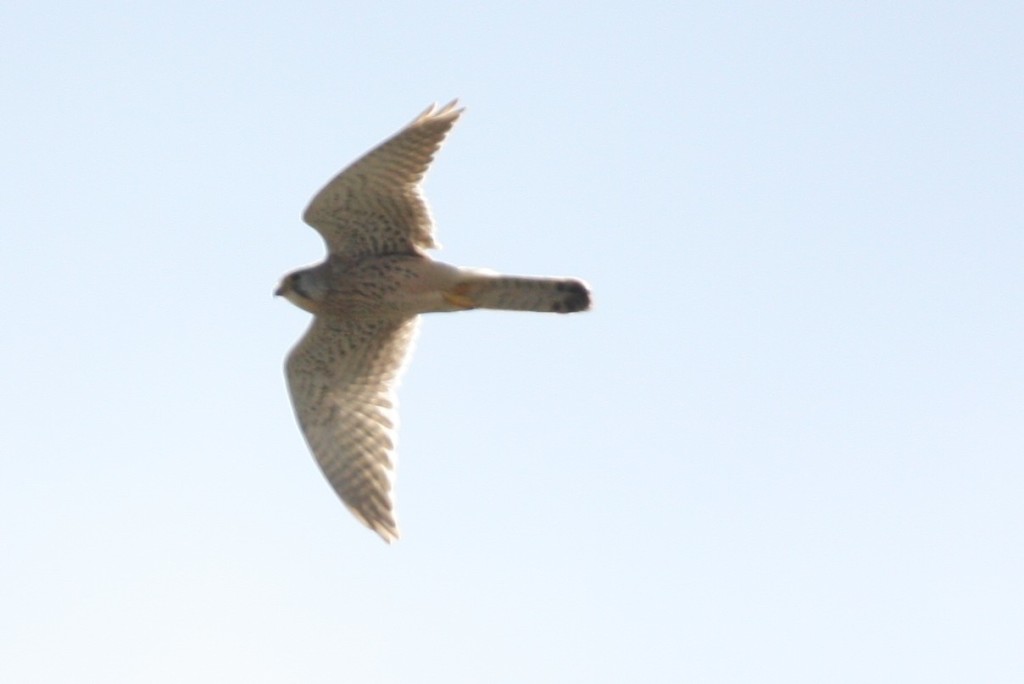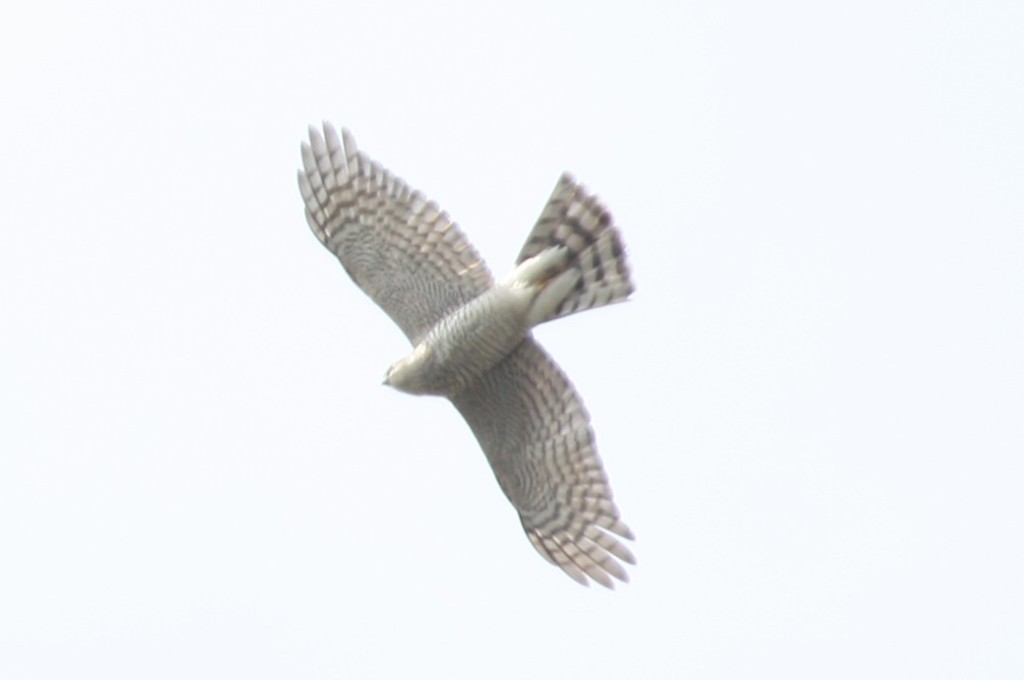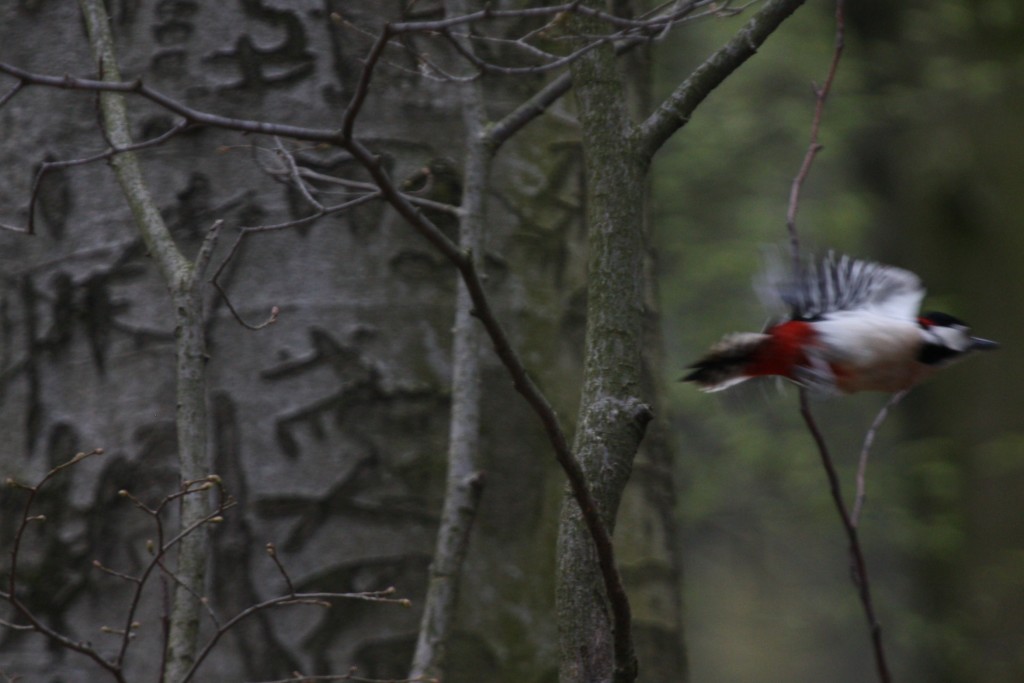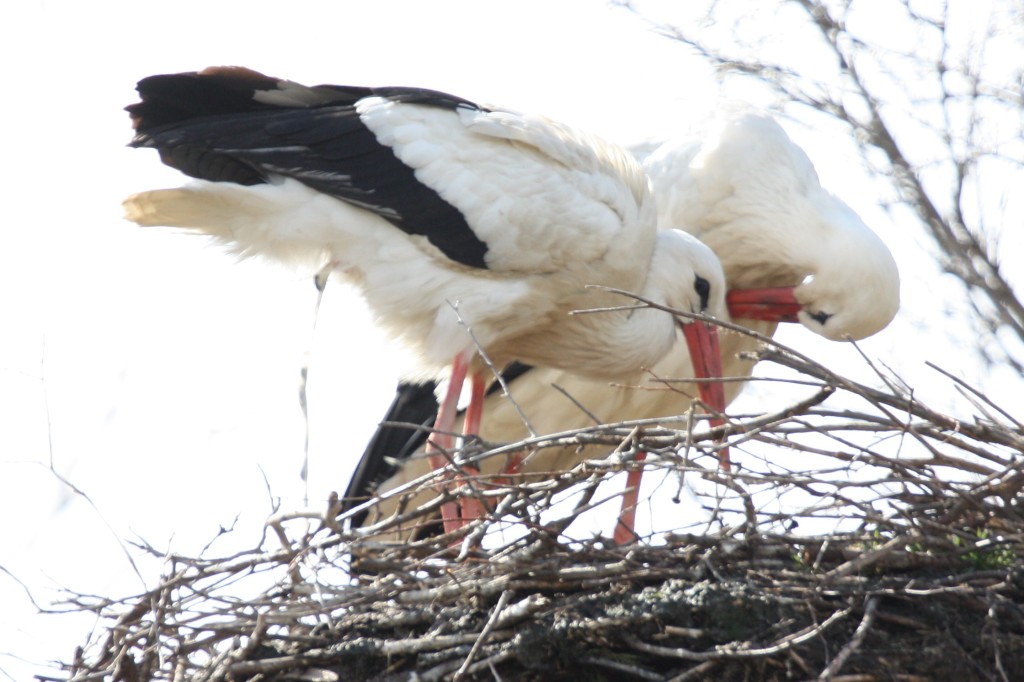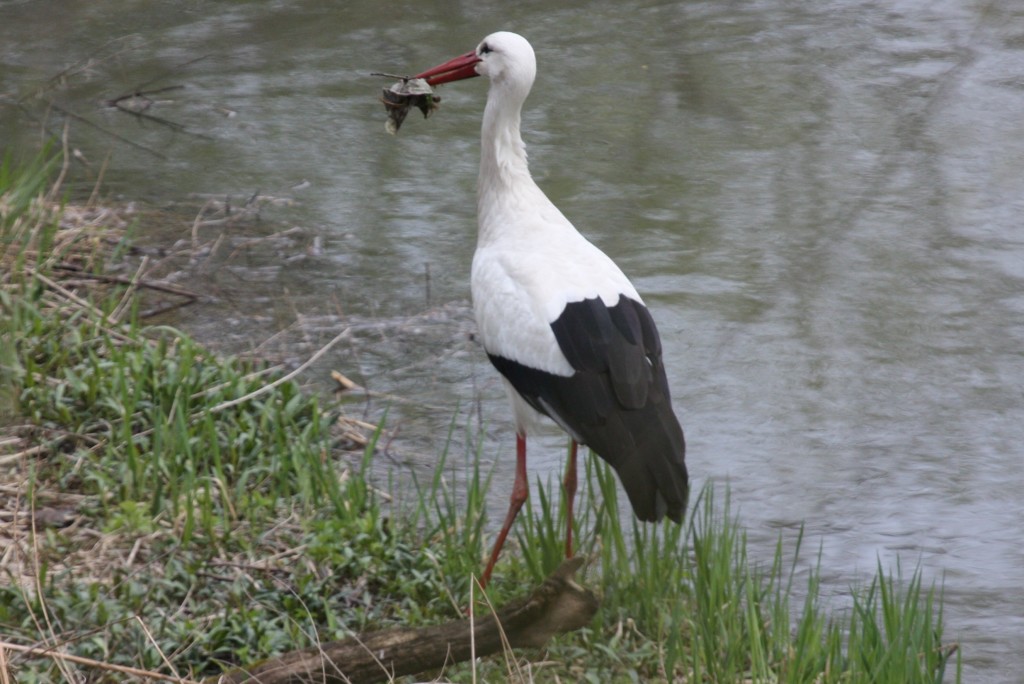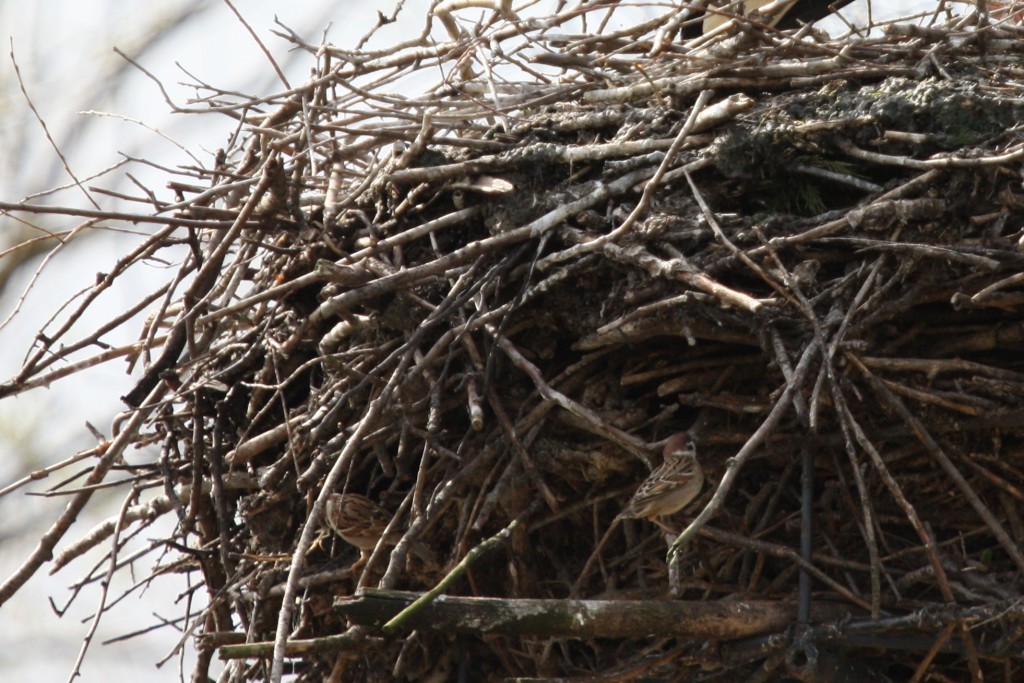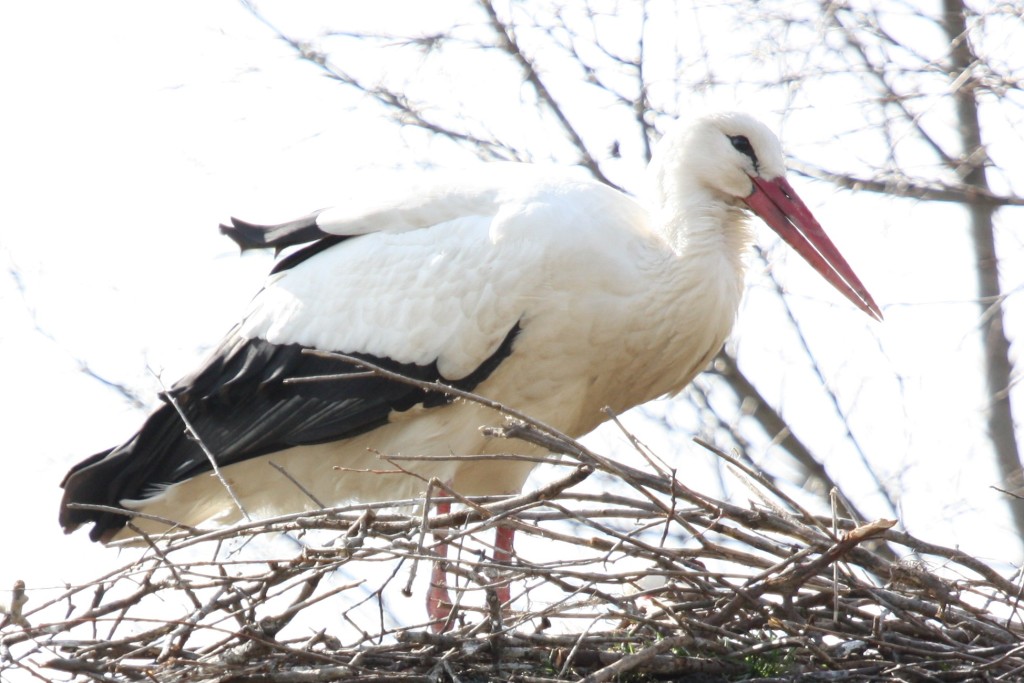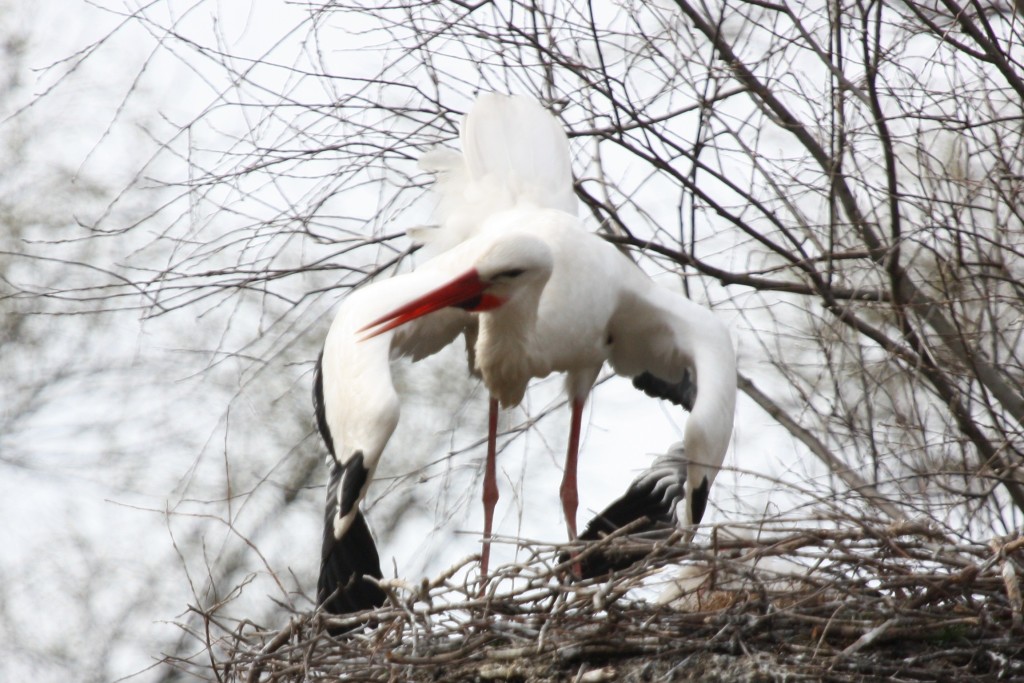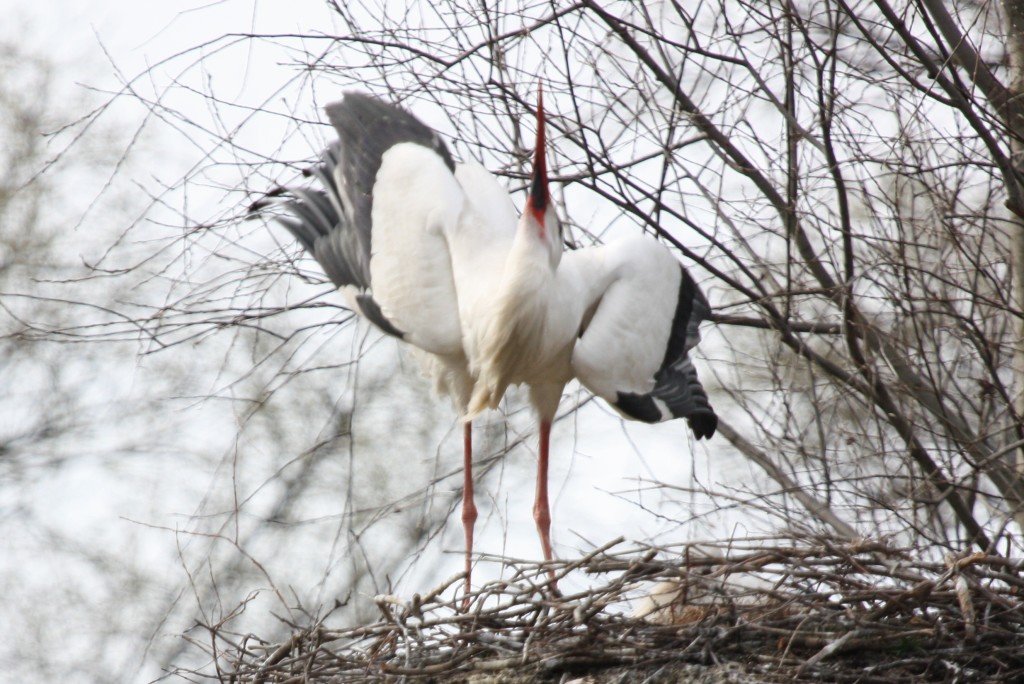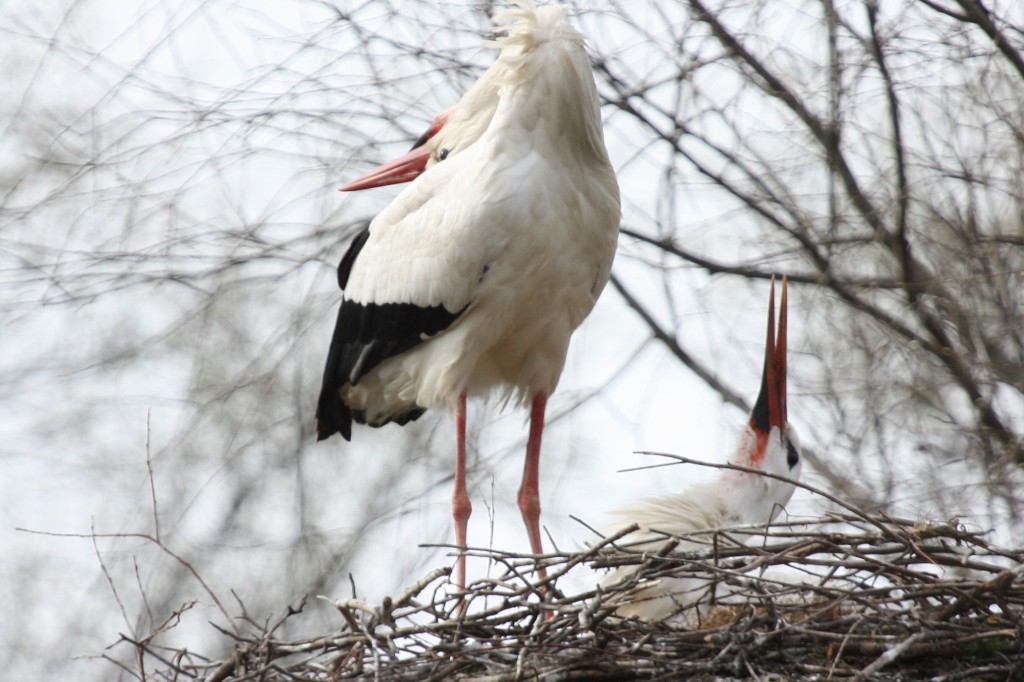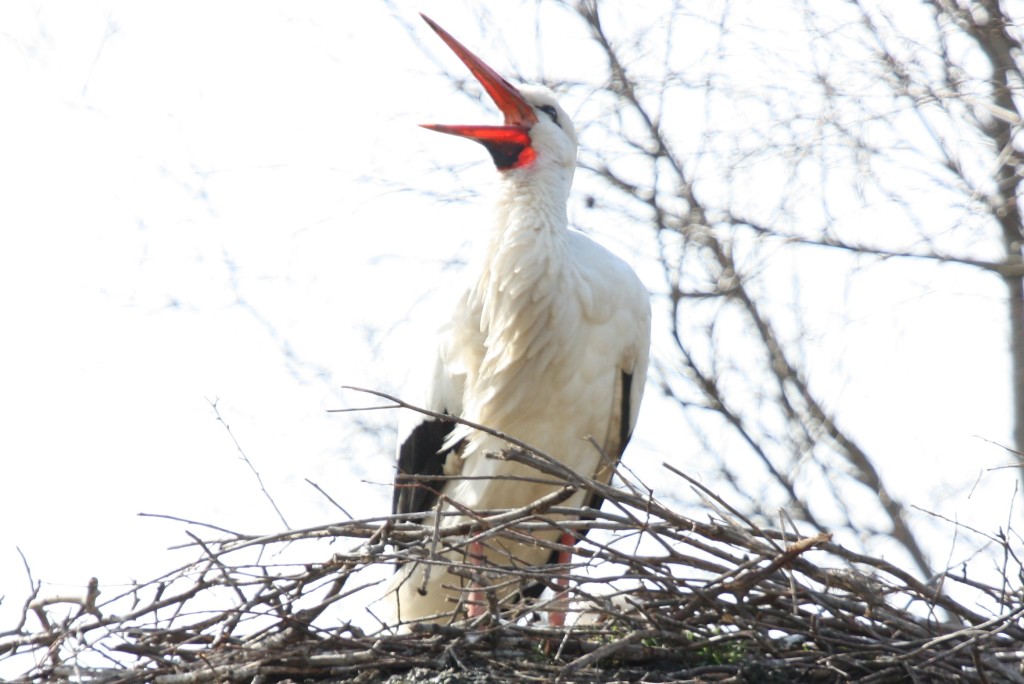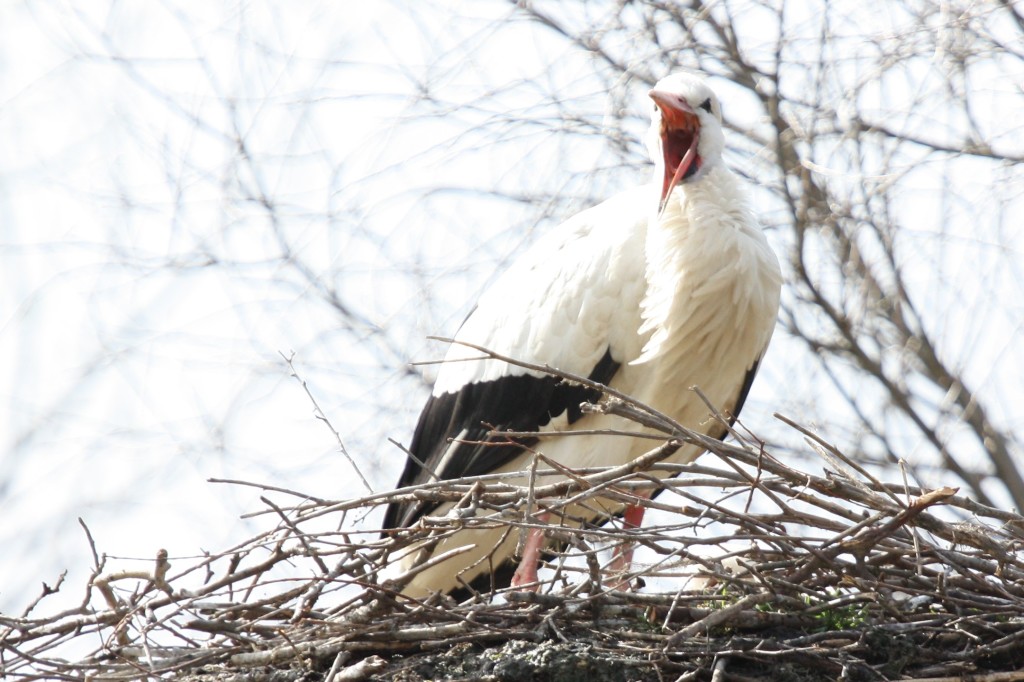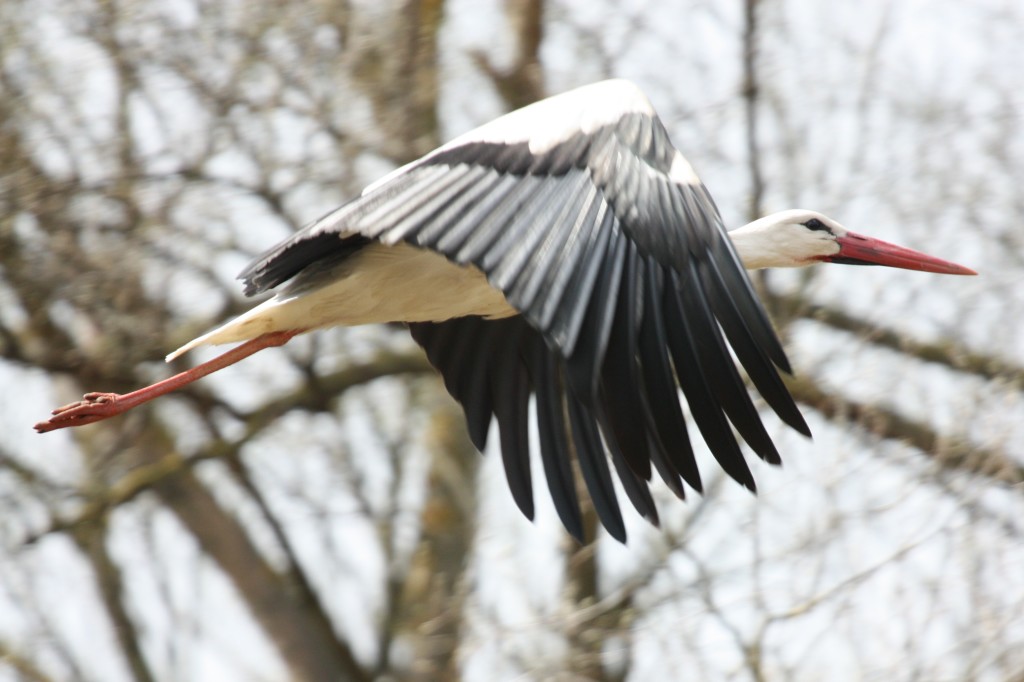
My latest Distributed Proofreaders book has just been posted on Project Gutenberg: A Desk-Book of Errors in English, by Frank H. Vizetelly. I first discovered this book via a little blog post noting the flapdoodlish nature of Vizetelly’s condemnation of “flapdoodle”:
flap-doodle: An inelegant term for “pretentious
silly talk characterized by an affectation of superior
knowledge.” Twaddle is a preferable synonym.
Compare FLUB-DUB.
Vizetelly was certainly a man who knew his own mind: the word “condemned” appears 27 times in the book, while five locutions are “severely condemned”, including “kid” (“A common vulgarism for “child””) and “forget it”.
Other entries, on the other hand, send a warm glow travelling down my prescriptivist backbone:
different from: Different to, though common in
England, is not sustained by good authority. The
best literary usage is uniformly from, following the
analogy of the verb differ; one thing differs from or
is different from another.
Some pronouncements are just baffling, such as this one suggesting (if it is correct) that the grammar of relative clauses has changed quite substantially over the last century:
that, who: Discriminate carefully between these
words. That implies restriction; who generally denotes
coordination. As an illustration of this distinction,
Alfred Ayres says (“The Verbalist,” p. 202),
“‘I met the boatman who took me across the ferry.’
If who is the proper word here, the meaning is ‘I
met the boatman, and he took me across the ferry,’
it being supposed that the boatman is known and
definite. But if there be several boatmen, and I wish
to indicate one in particular, by the circumstance that
he had taken me across the ferry, I should use that.”
That ought, therefore, to be preferred to who or which
whenever an antecedent not otherwise limited is to
be restricted by the relative clause.
A few of the errors cautioned against seem rather unlikely:
celery, salary: Exercise care in spelling these
words. Celery is a biennial herb; salary, a periodical
allowance made as compensation for services.
In fairness, Mr Viztelly may have had a more laudable side. His Wikipedia entry notes that
his father’s publishing house … and his father were eventually ruined by convictions for obscenity resulting from the publication of the novels of Émile Zola.
One or two entries also one wonder whether Mr Vizetelly may have had a sense of humour after all:
bevy: A word sometimes misapplied. It is applied
correctly to a company of girls, a flock of birds,
as, quail, grouse, or larks; also to a small herd of
deer or heifers.

